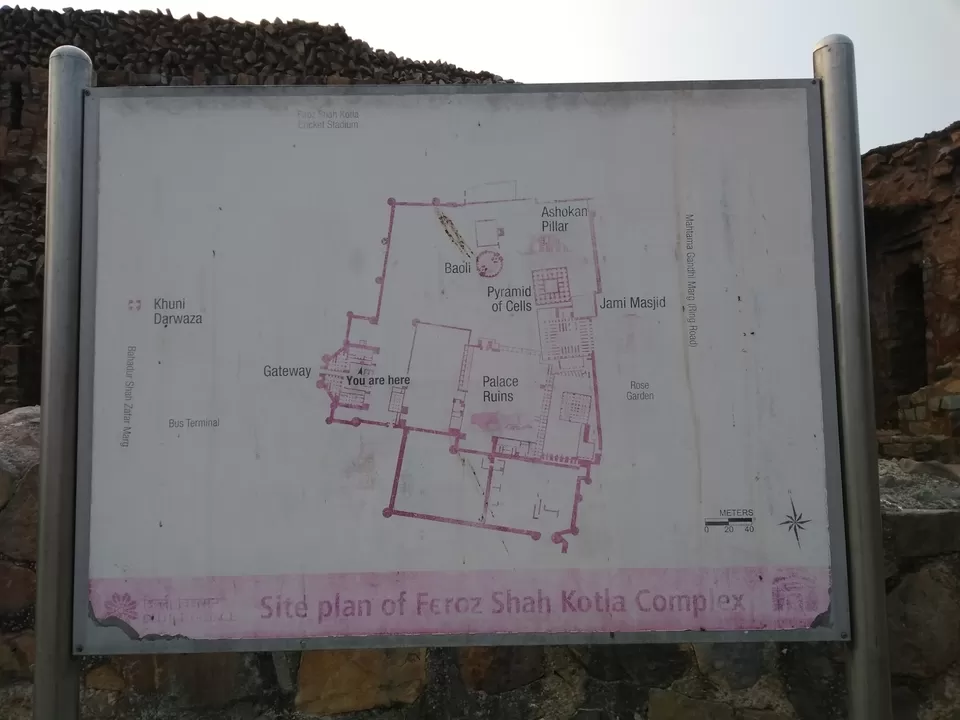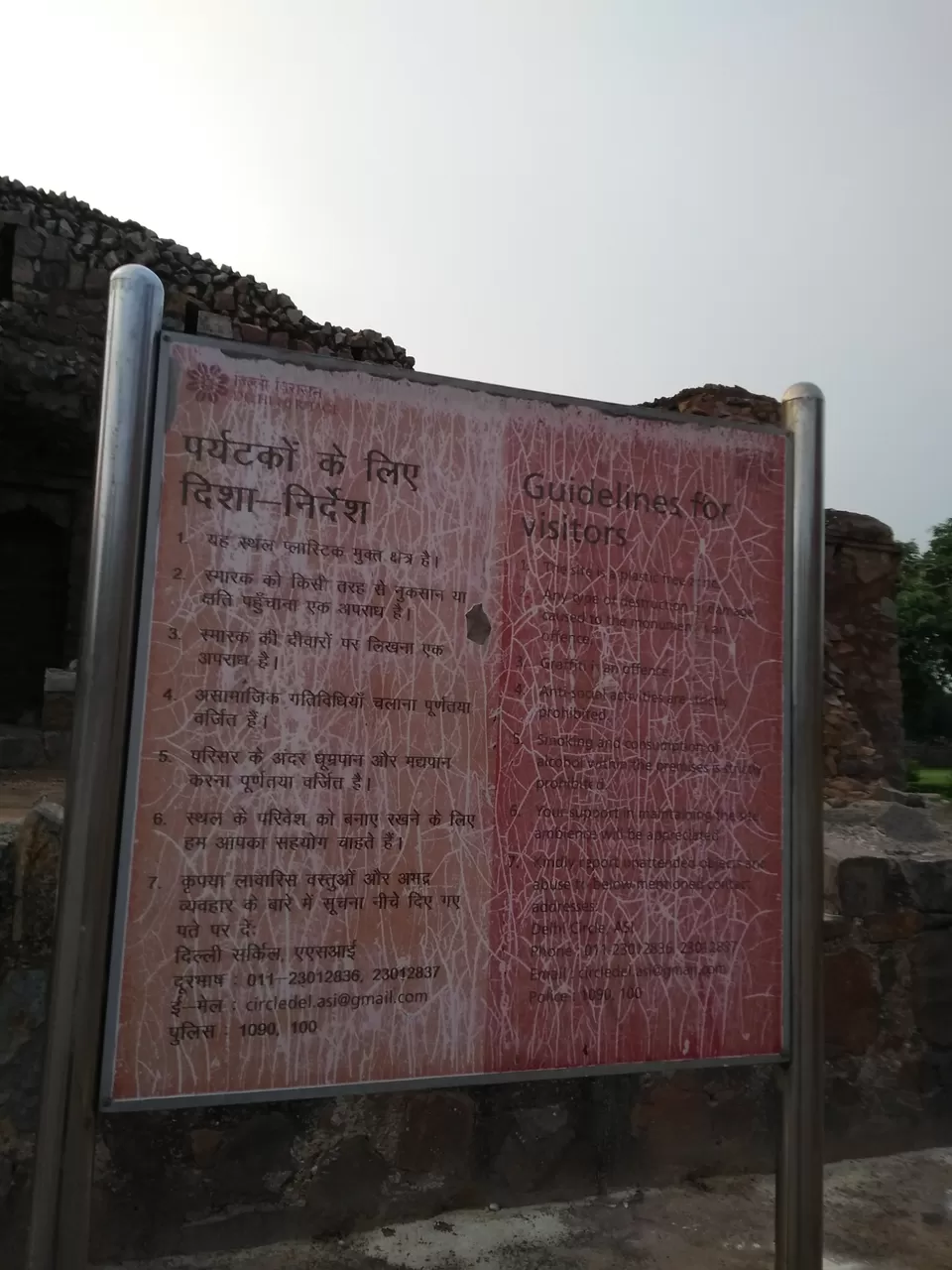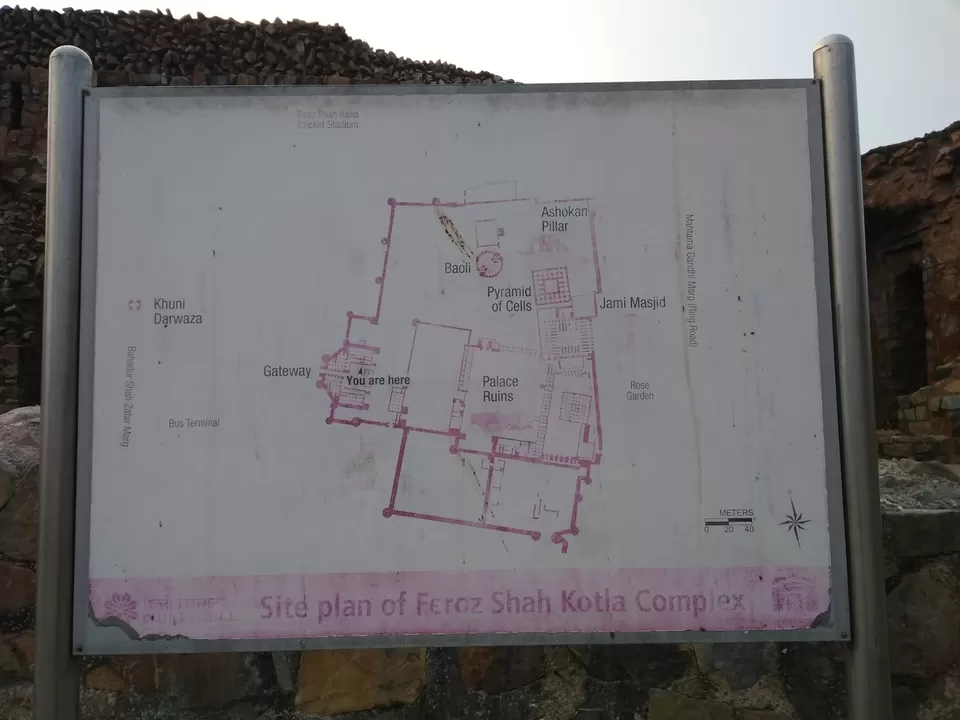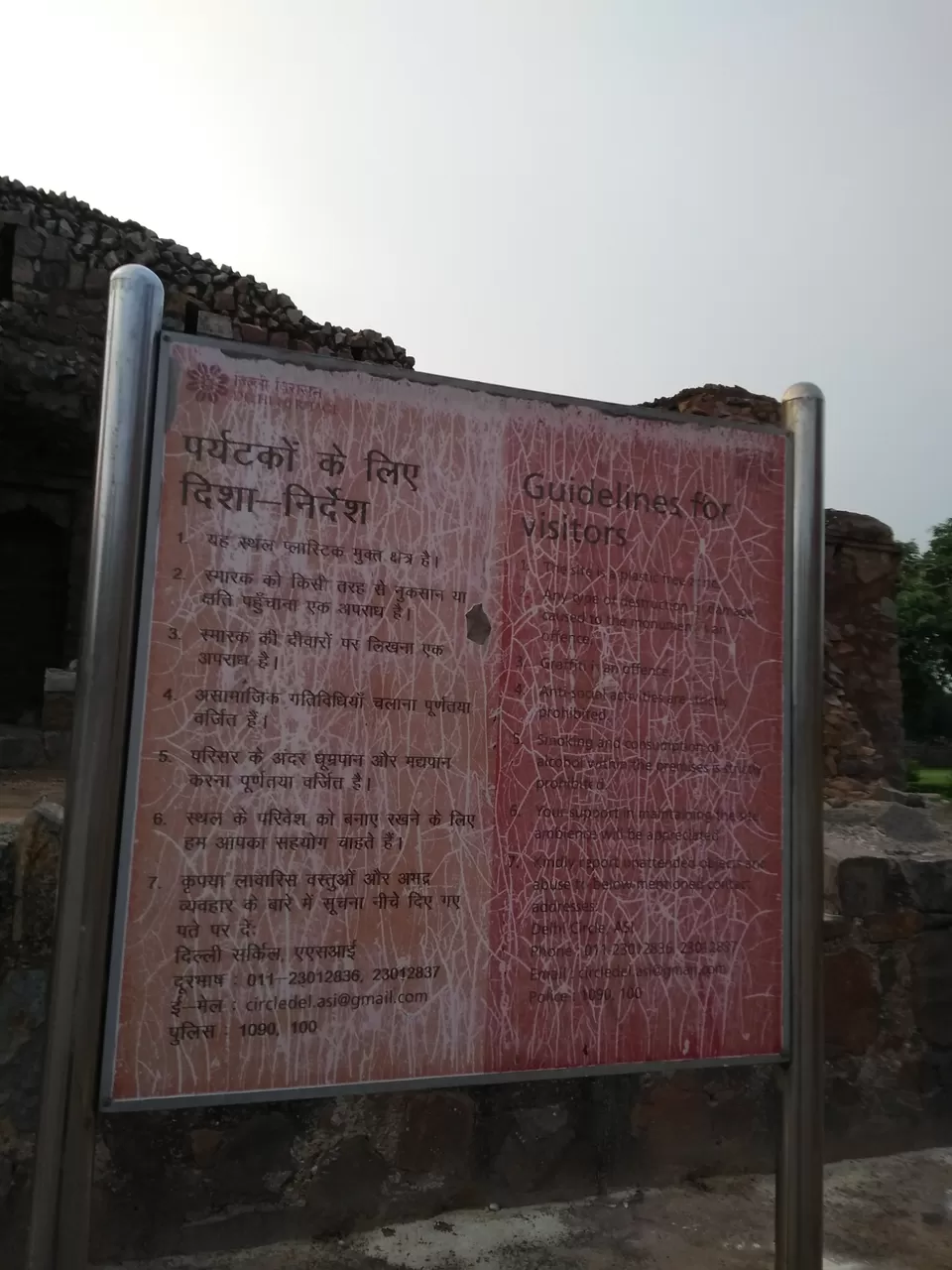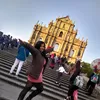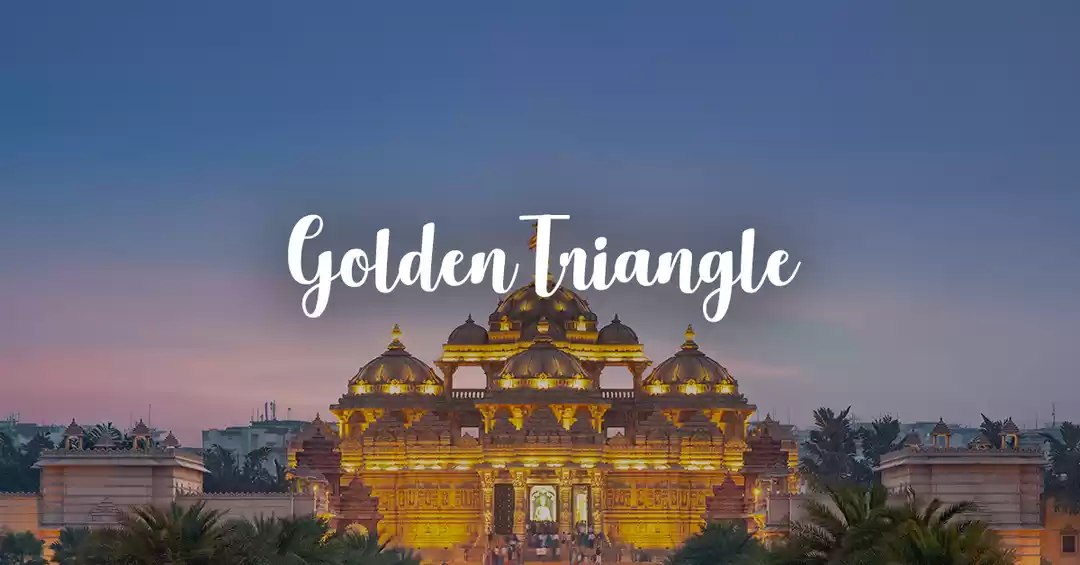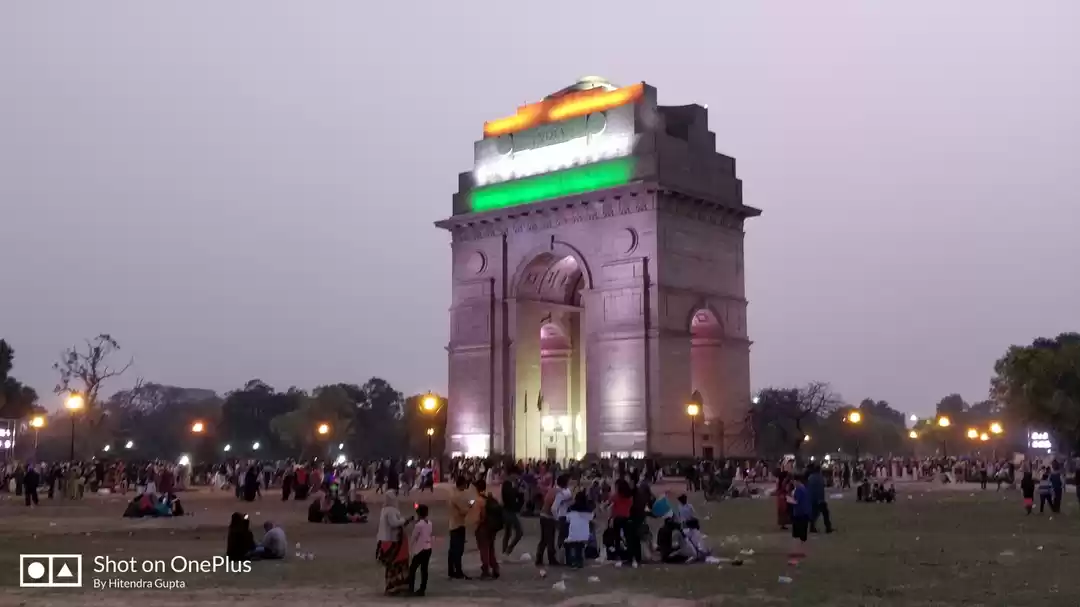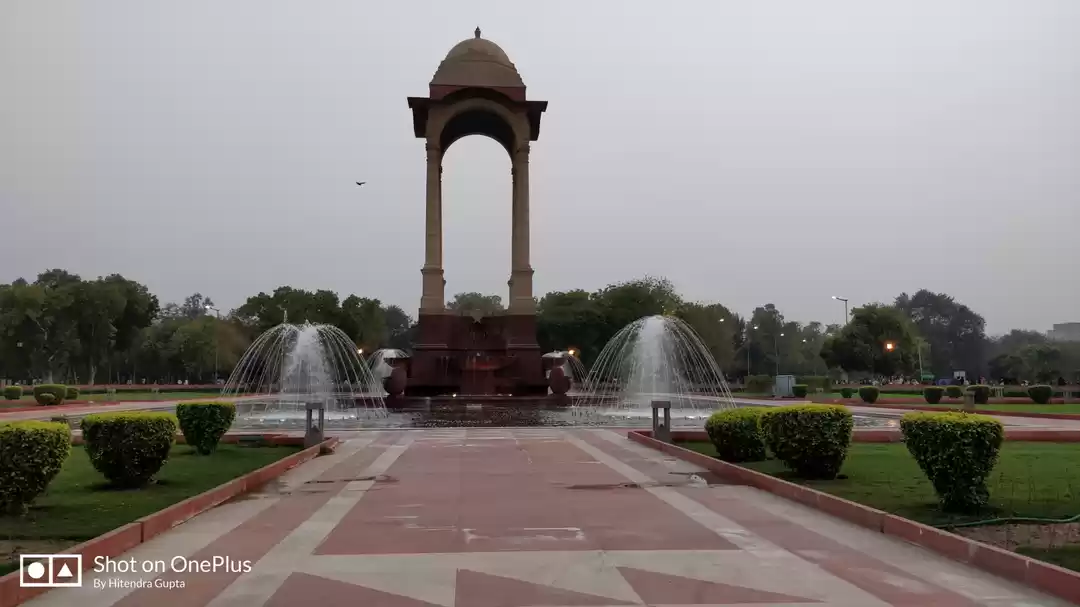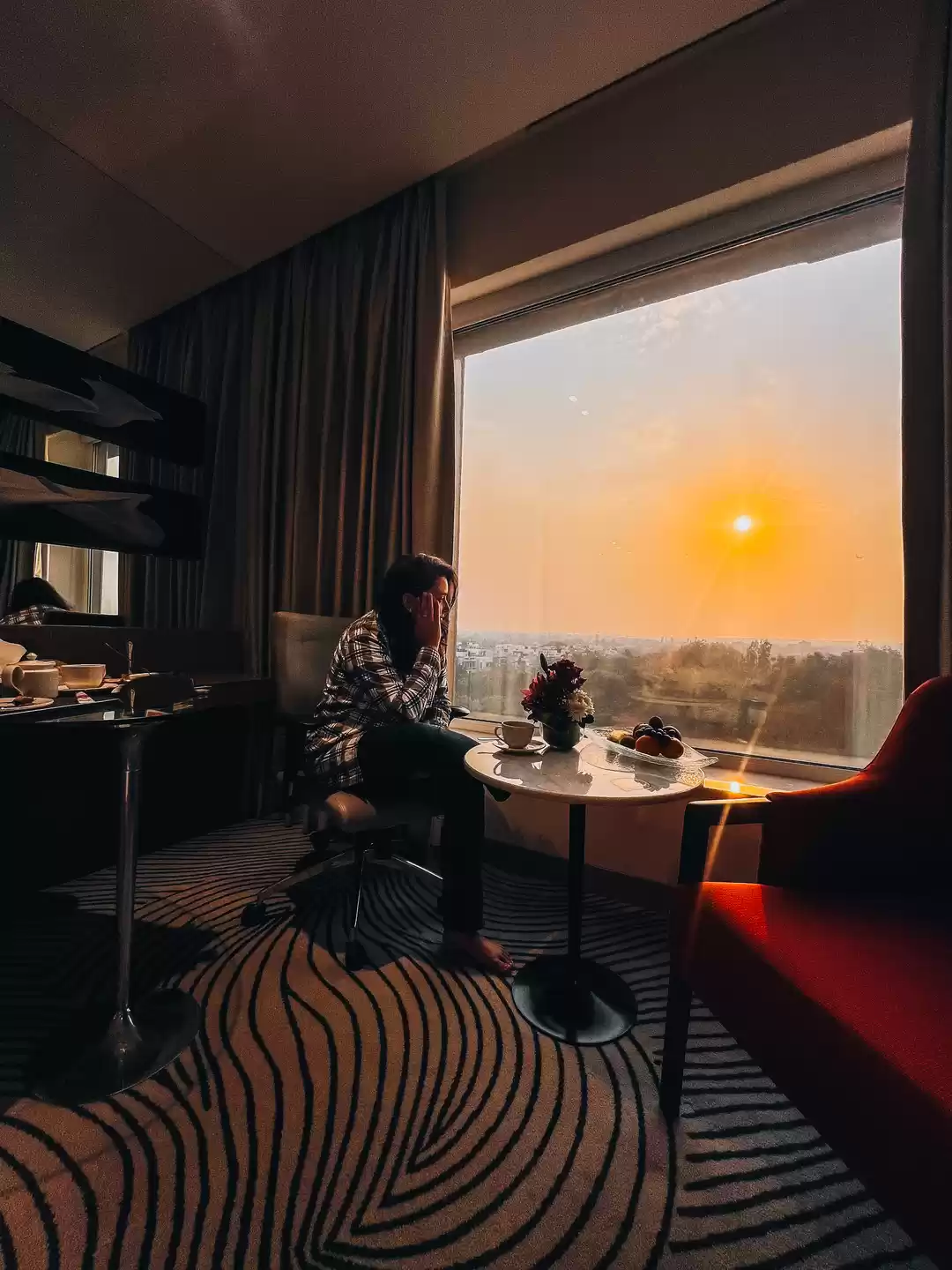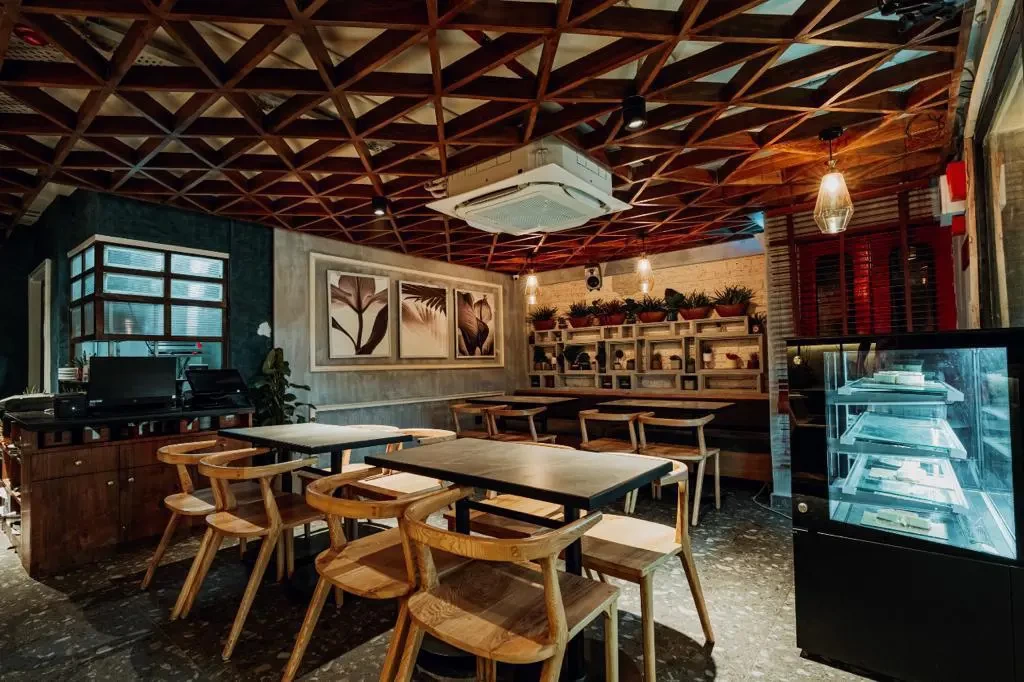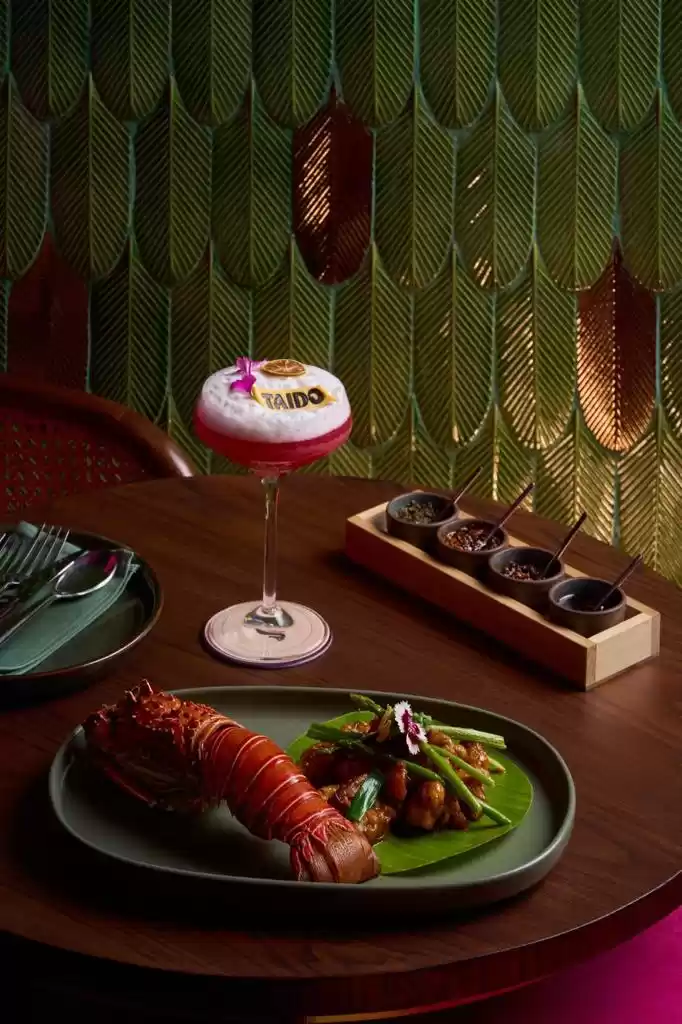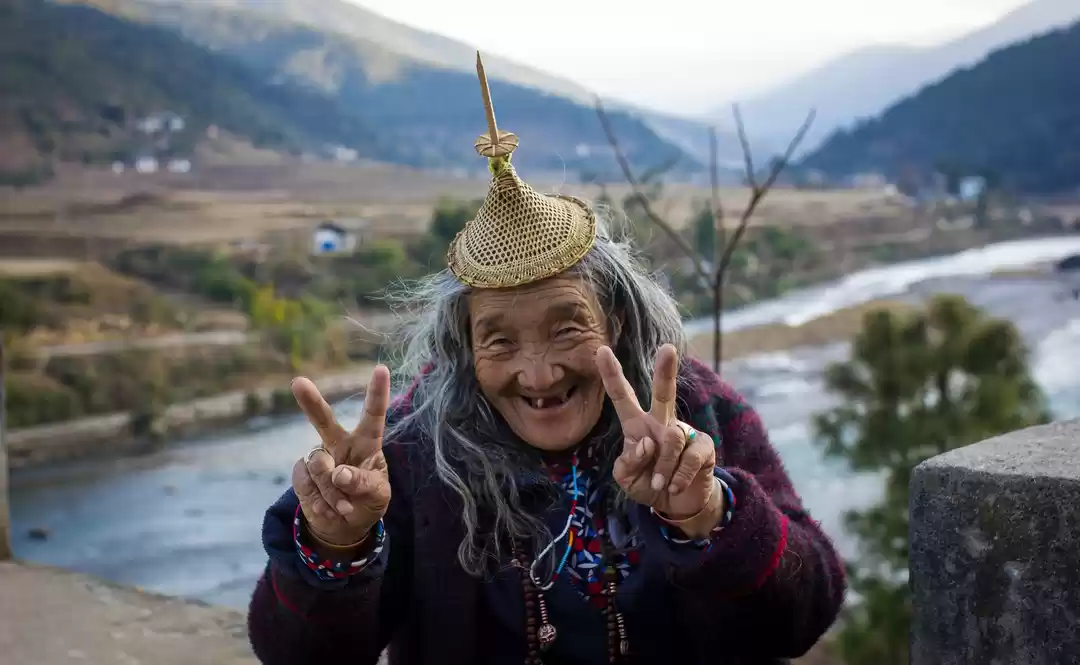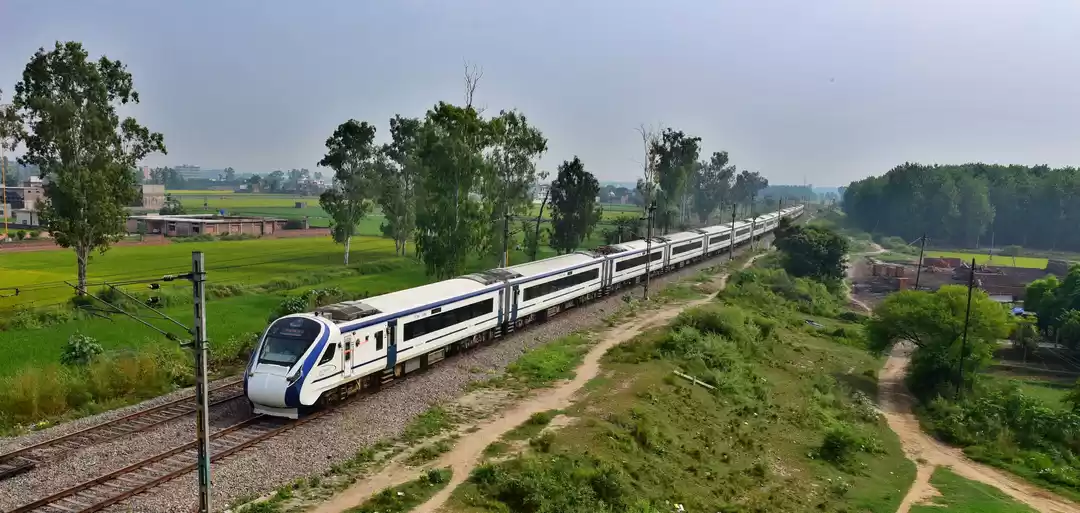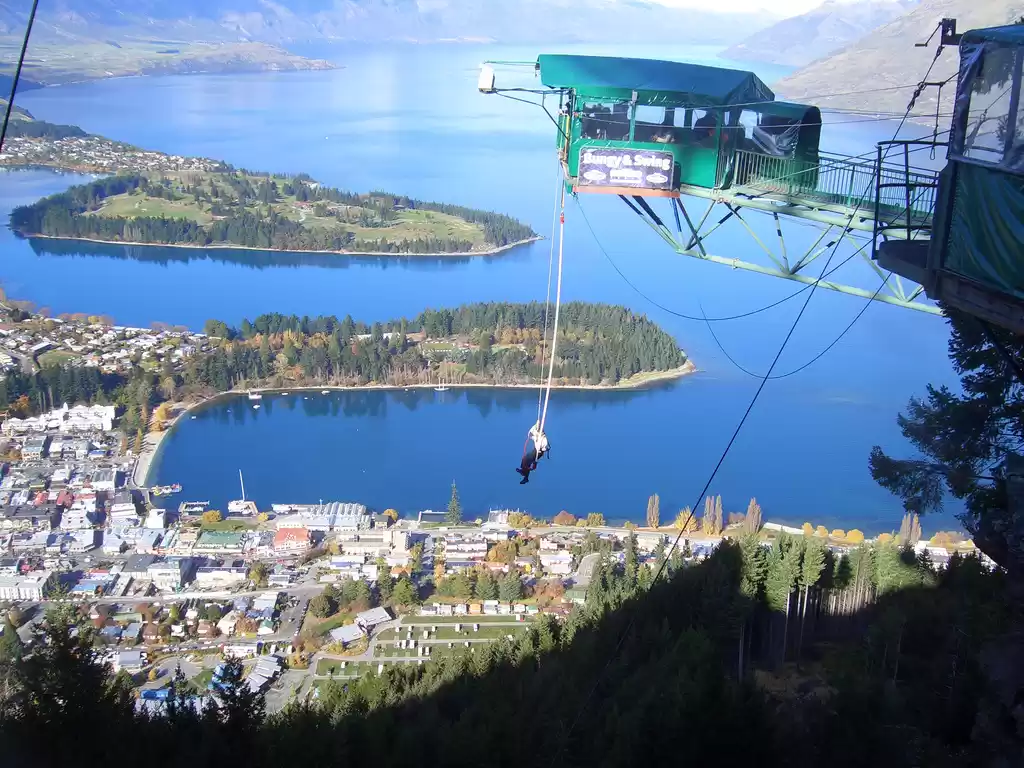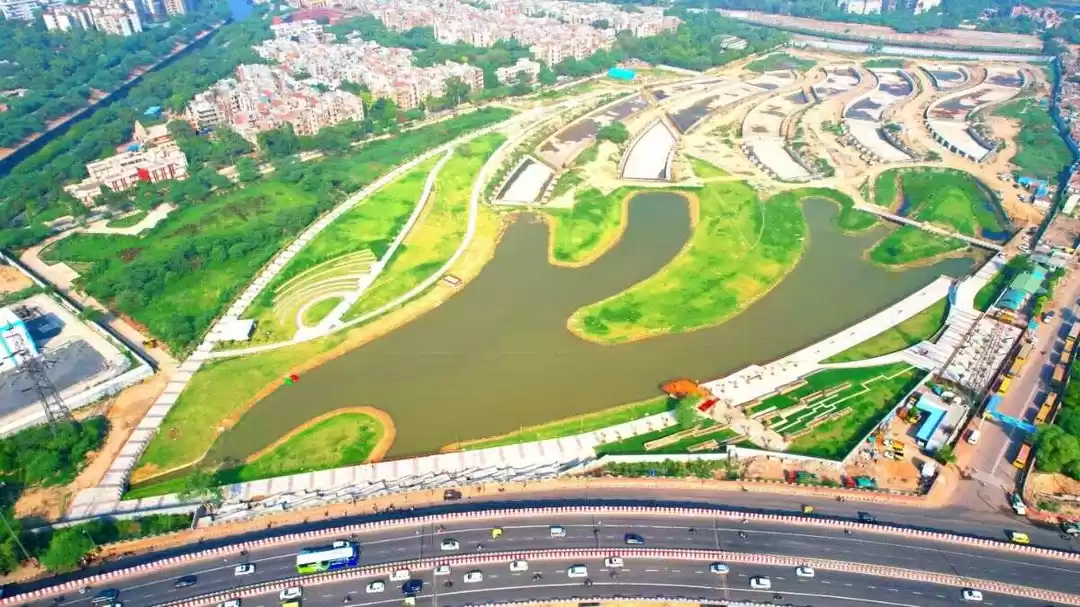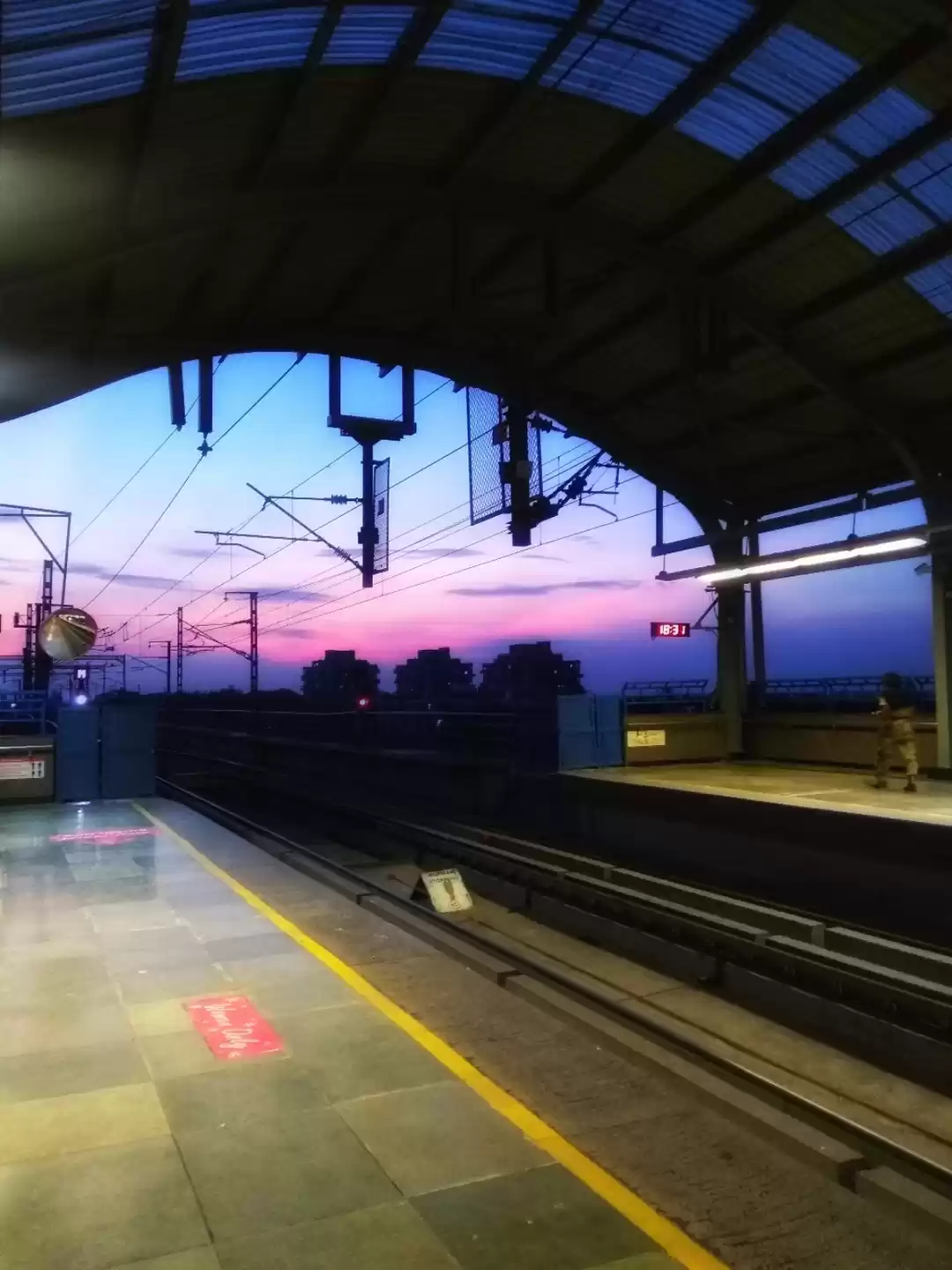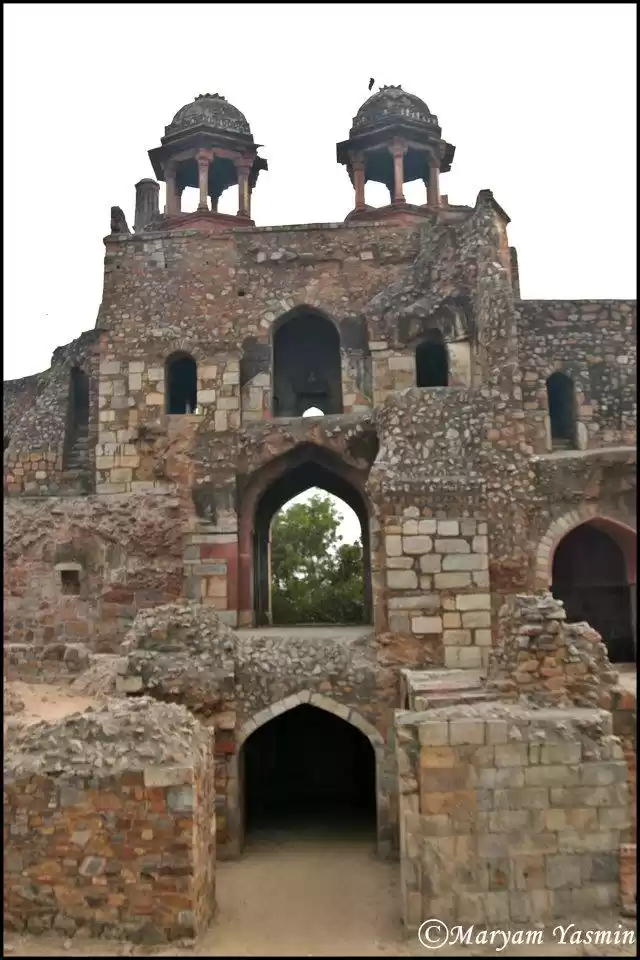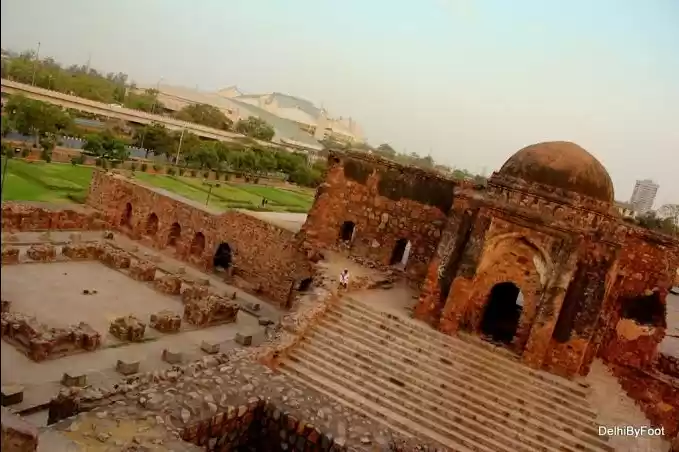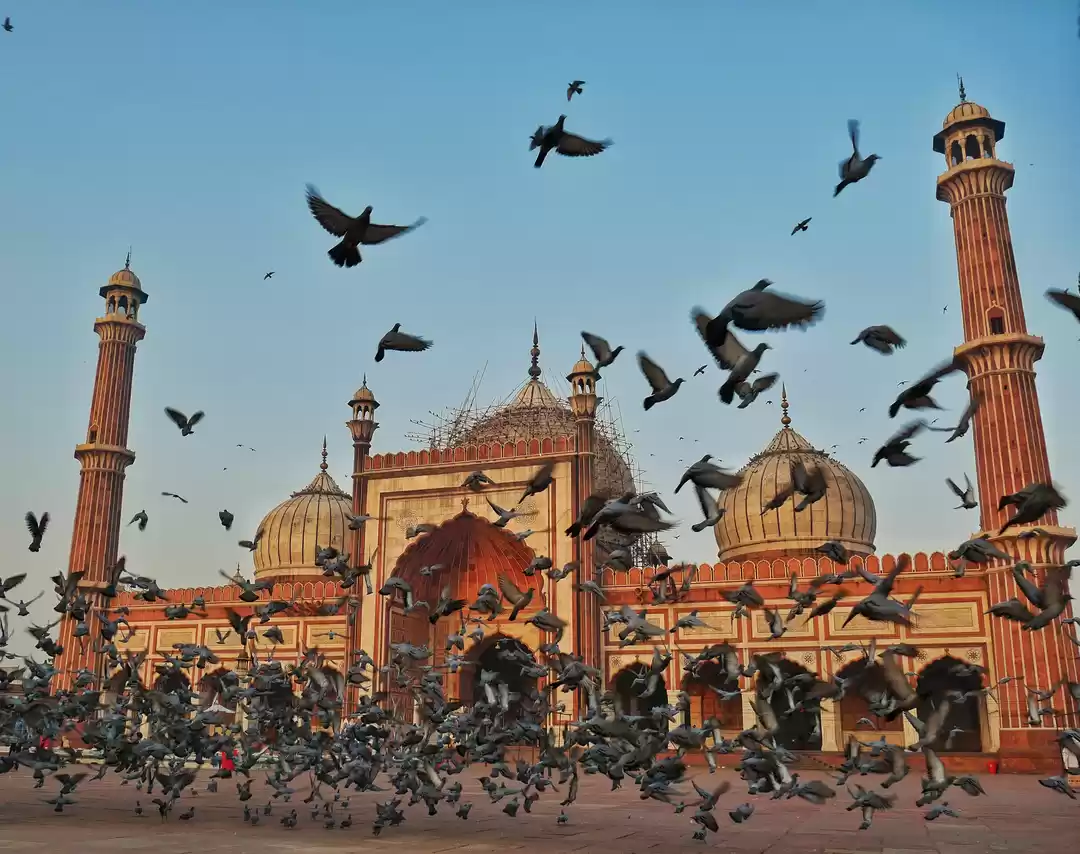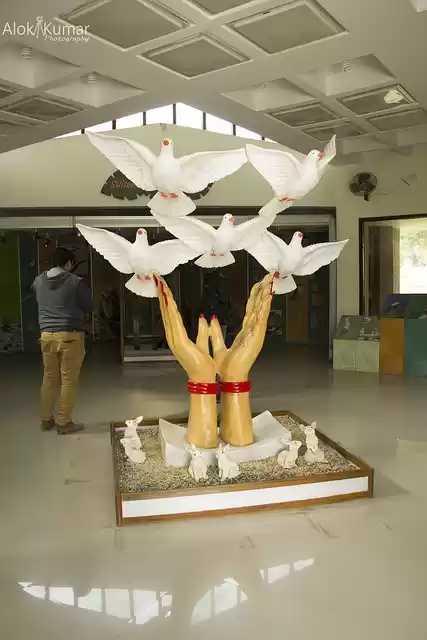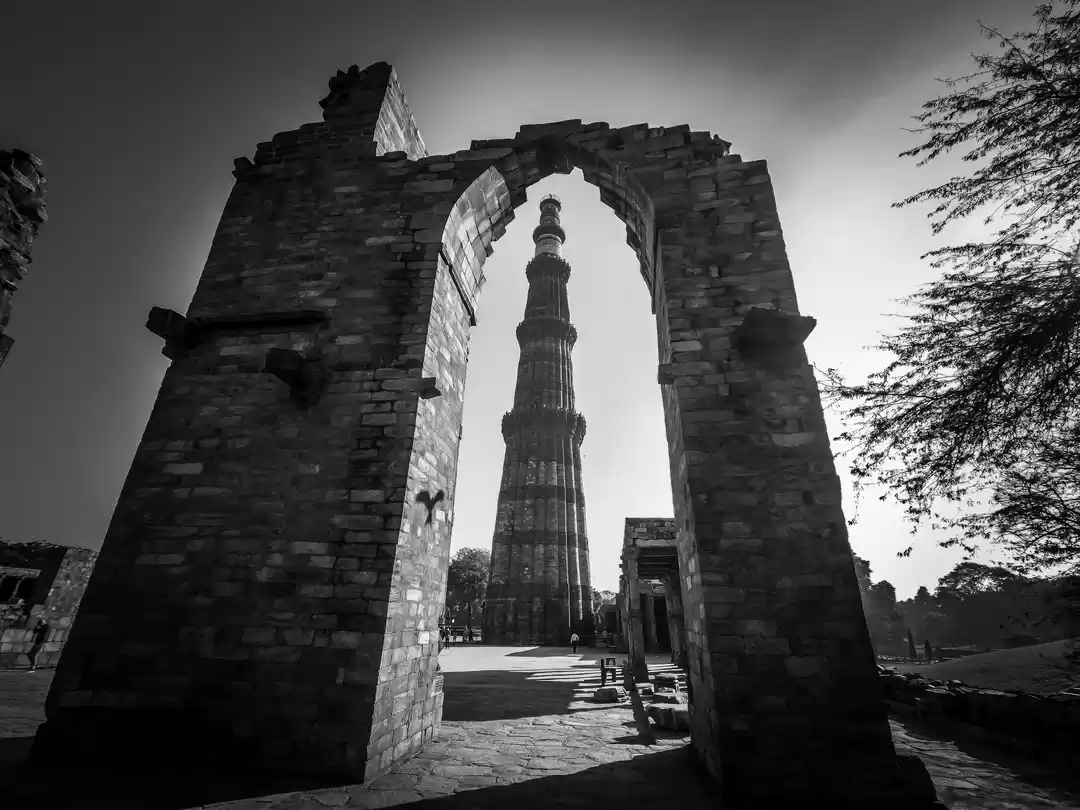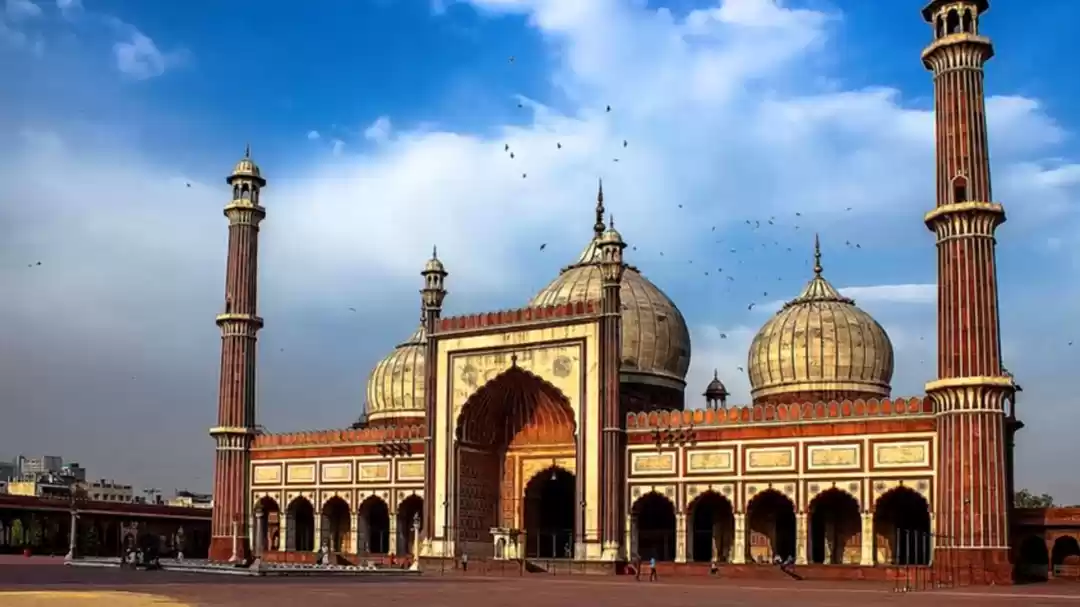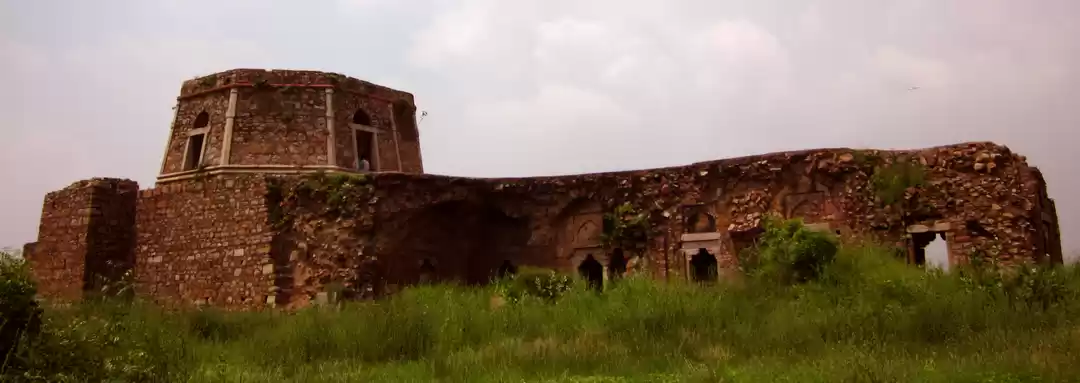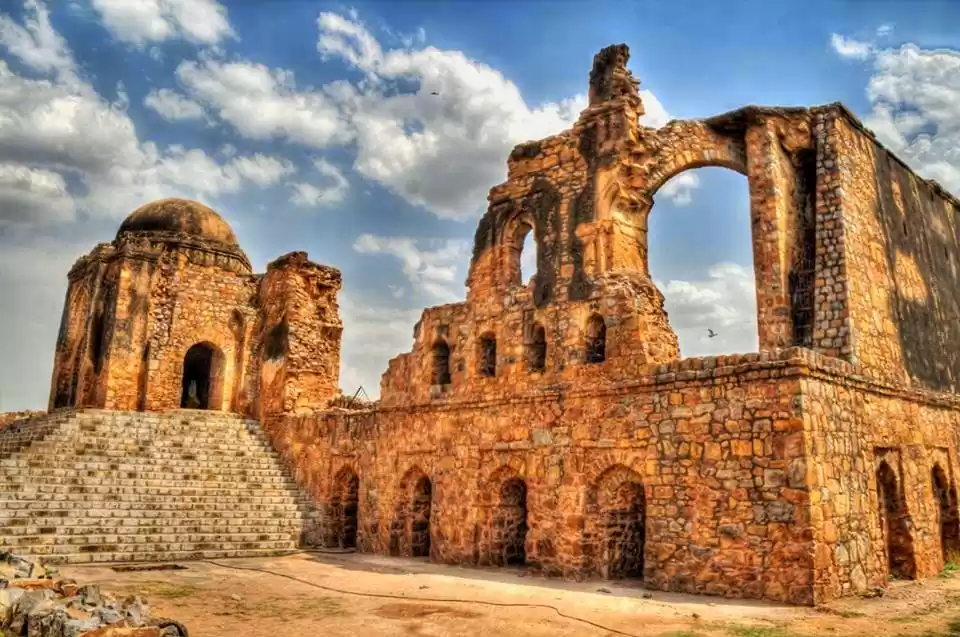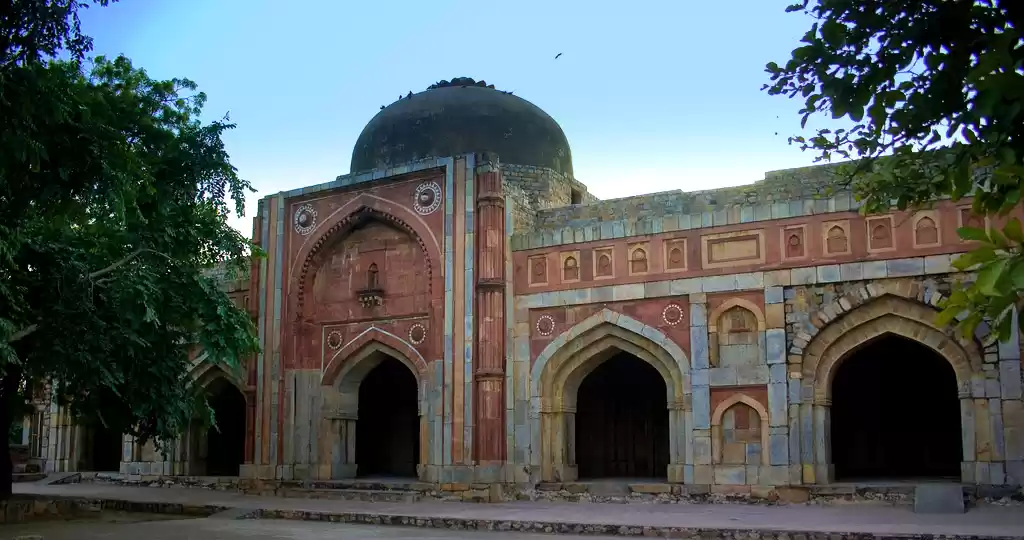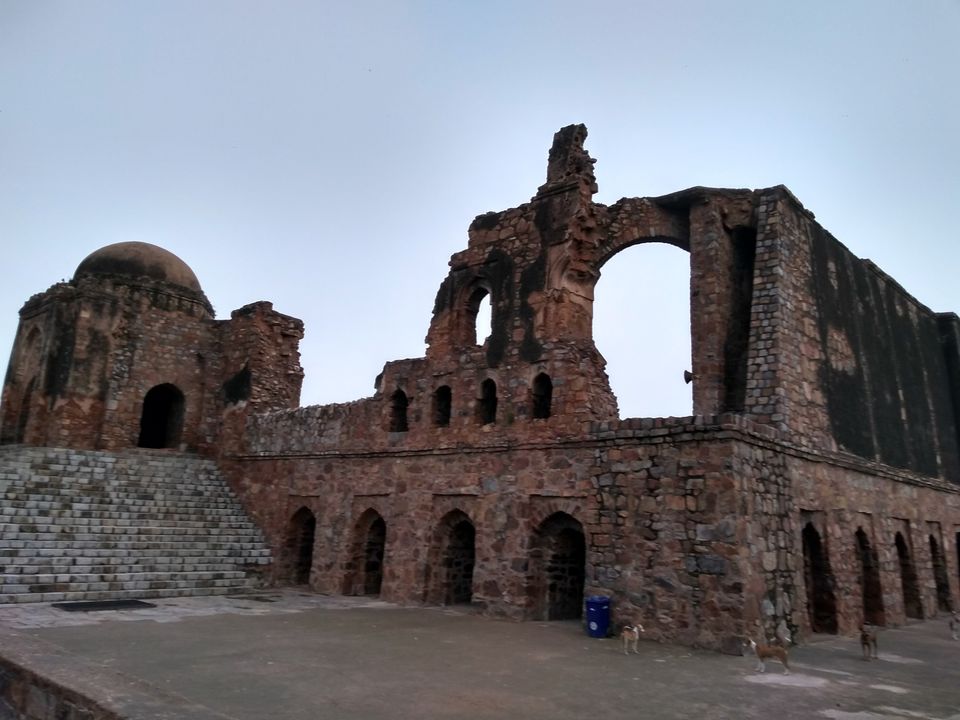
I have been in Delhi for the past 11 years and have almost covered most of the historical monuments, forts and tombs around. But still a lot of them are left to be explored. They are lesser known but have huge history buried beneath them. One of them is the Ferozeshah Kotla Fort which is situated beside the Ferozeshah Kotla international cricket stadium. I came across a post about this Heritage walk to be organised by Karvaan India about the ‘Djinns of Ferozabad’ and without any contemplation, immediately signed up for it. The name and the subject both attracted me the most. I reached there by the metro. The nearest metro station is Delhi Gate on the violet line of the DMRC.
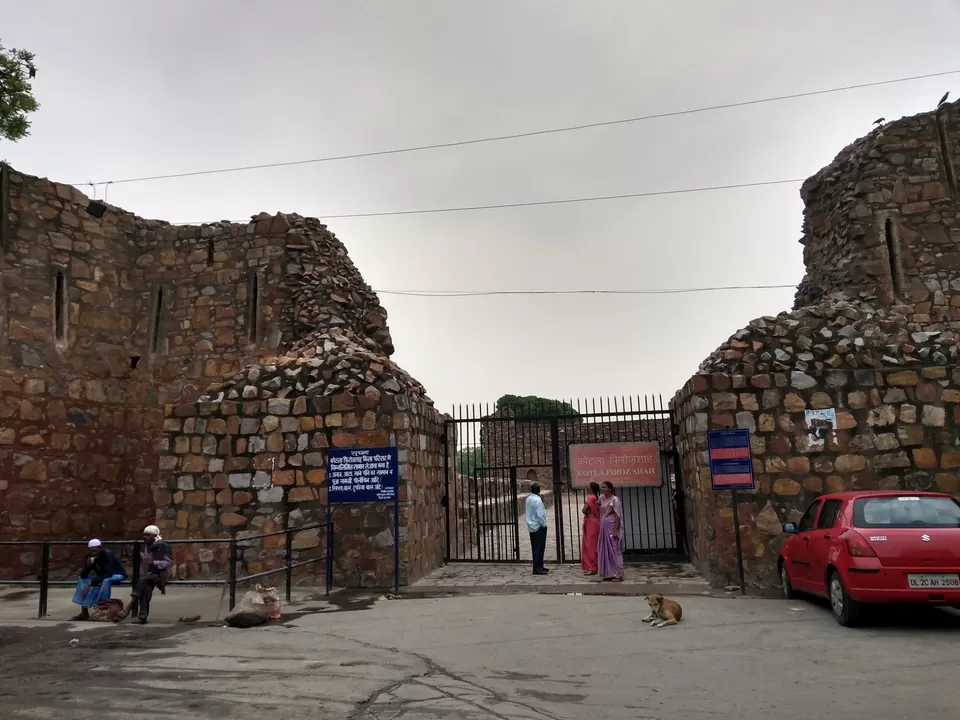
The Walk:
It happened to be a pleasant Saturday evening. The lingering petrichor after the rain had an intoxicating effect. The wind kept seeping across my hair and the sky looked beautiful. As I reached the fort, the crowd and the fellow walkers had already gathered. I quickly bought my ticket and stood there beside Mr. Mohammad Asif Ali, our travel curator, as he liked us to call him. After everyone’s brief introduction, we walked inside the fort. The rain earlier that day had made the landscape more attractive. The walls had re-gained their ceramic colour and the greenery around looked even more picturesque. It was not that crowded otherwise. We too were a group of about 20 people.
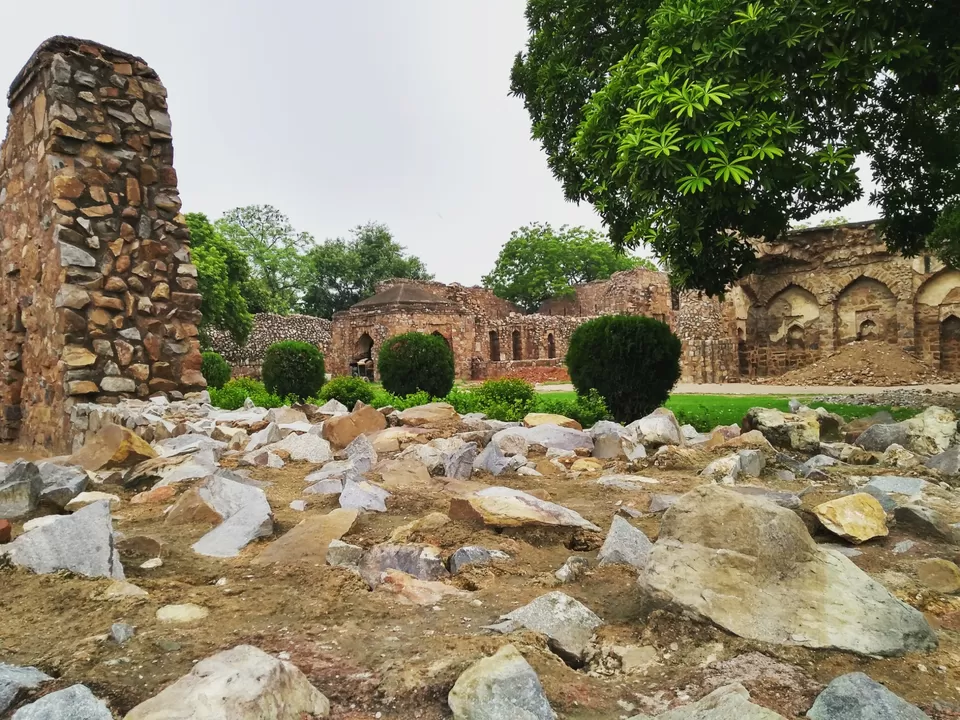
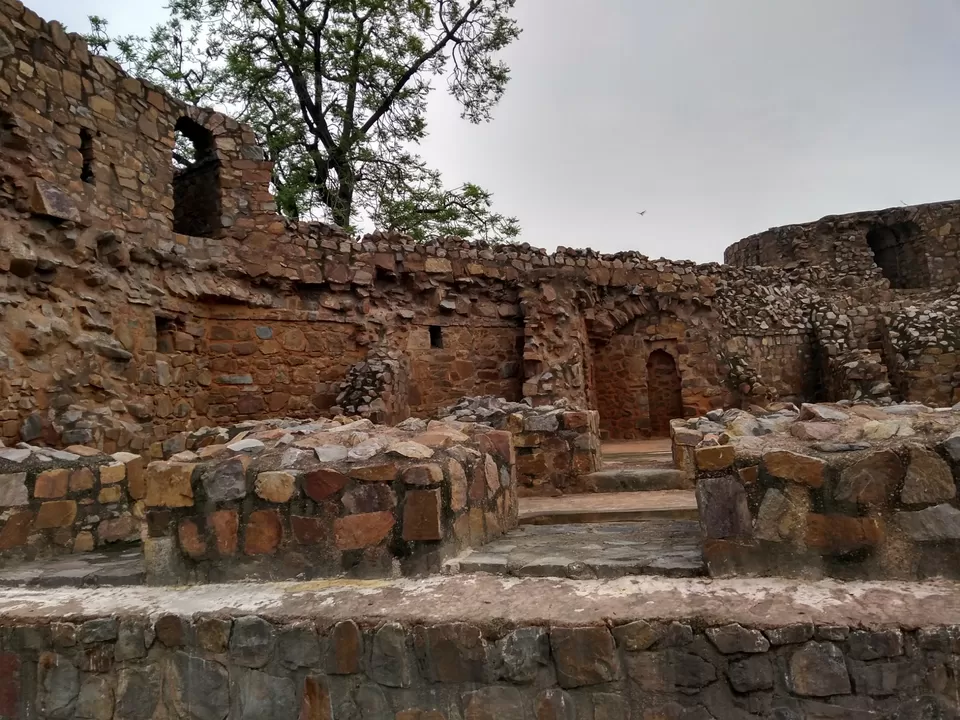
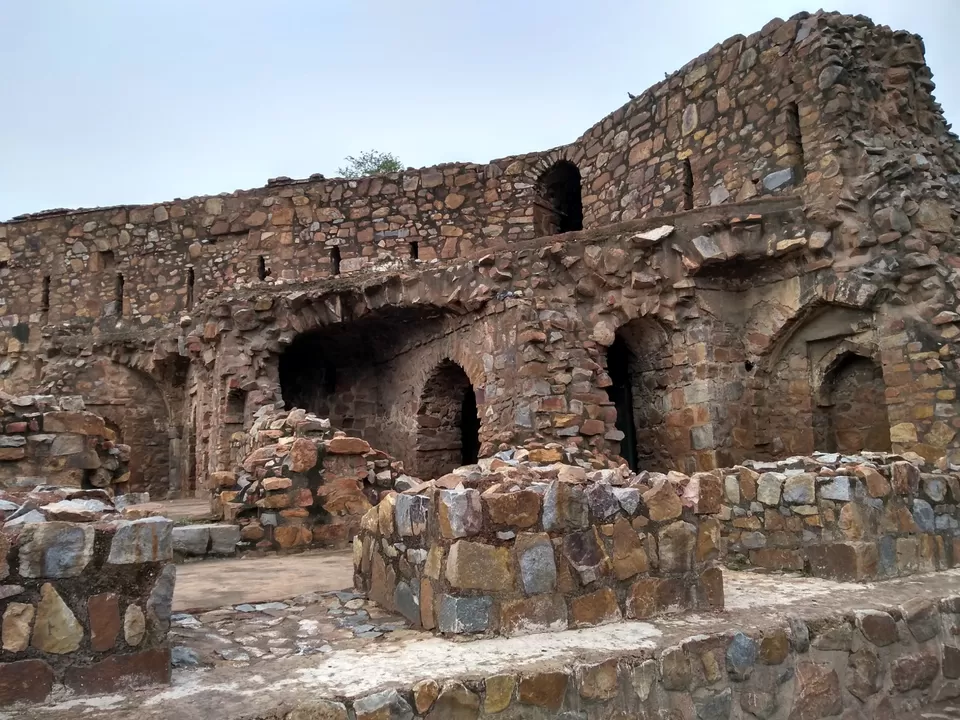
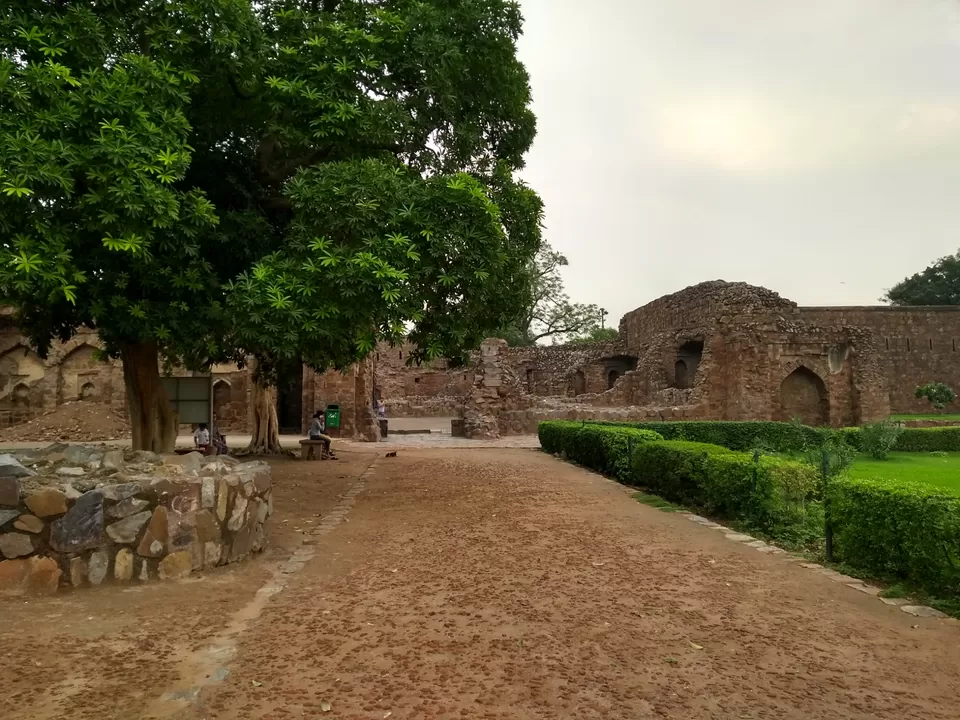
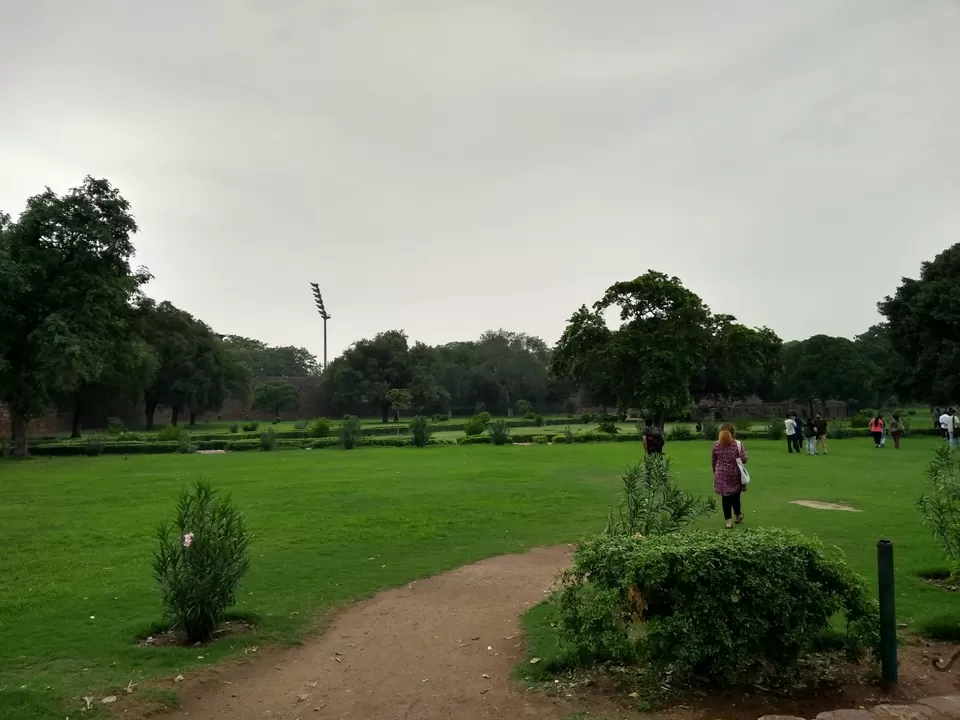
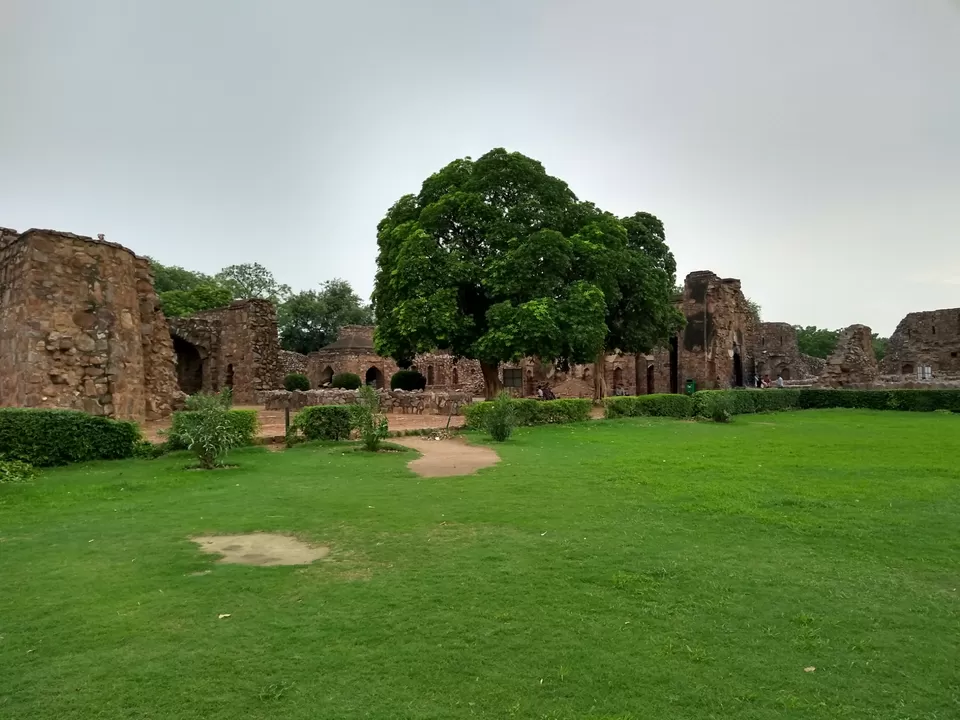
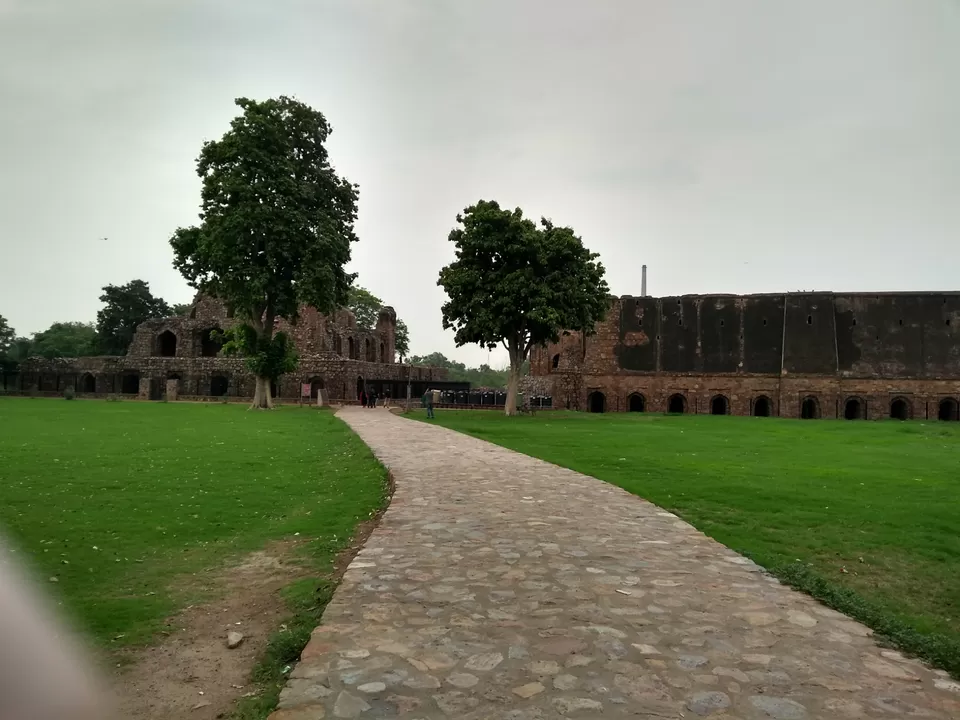
We stood there listening to Mr. Asif as he engaged us all in interesting conversation about the history of our country; like how it got its name Bharat, from where the Mughals came, Indus valley civilization etc. The conversation then led to Delhi, its oldest civilization, the early sultanates and eventually to the 7 cities within it.
About Ferozeshah Kotla:
Yes, it’s true that Delhi has total of 7 cities within the whole region and Ferozabad is the fifth one. Sultan Feroze Shah Tughlaq shifted his capital from Tughlaqabad in 1354 due to water crisis and built this fortress of Feroze Shah Kotla as his capital due to proximity to water and housed his version of Delhi city known as Ferozabad. The city in those days was built across the river Yamuna. The roads we see surrounding the place today, was once the mighty river Yamuna. This gives us an idea about how the river gradually diminished and its area dwindled.
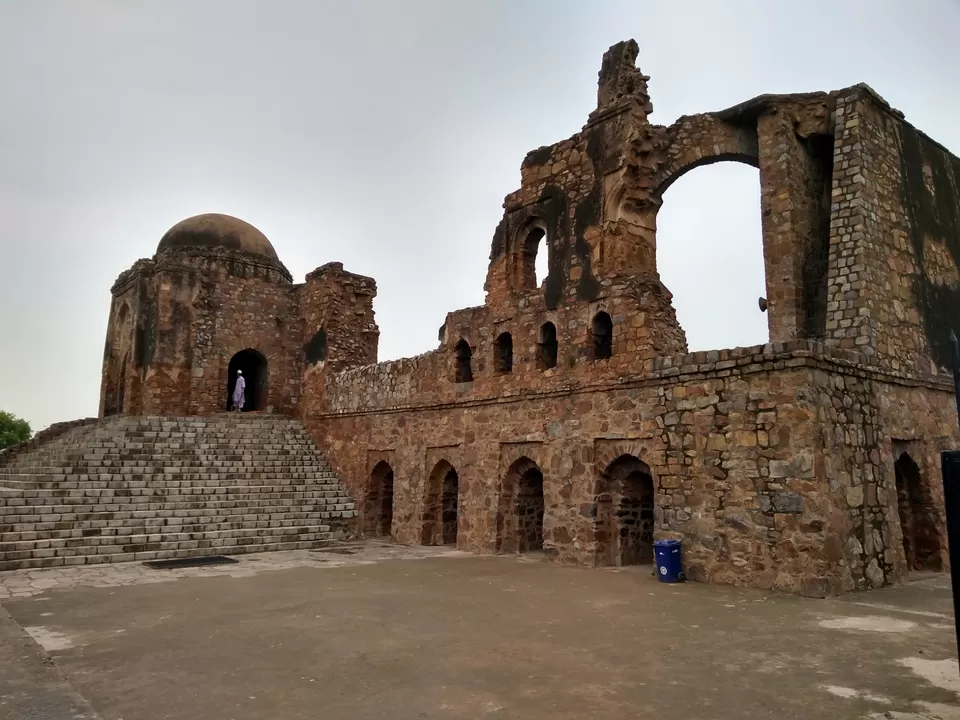
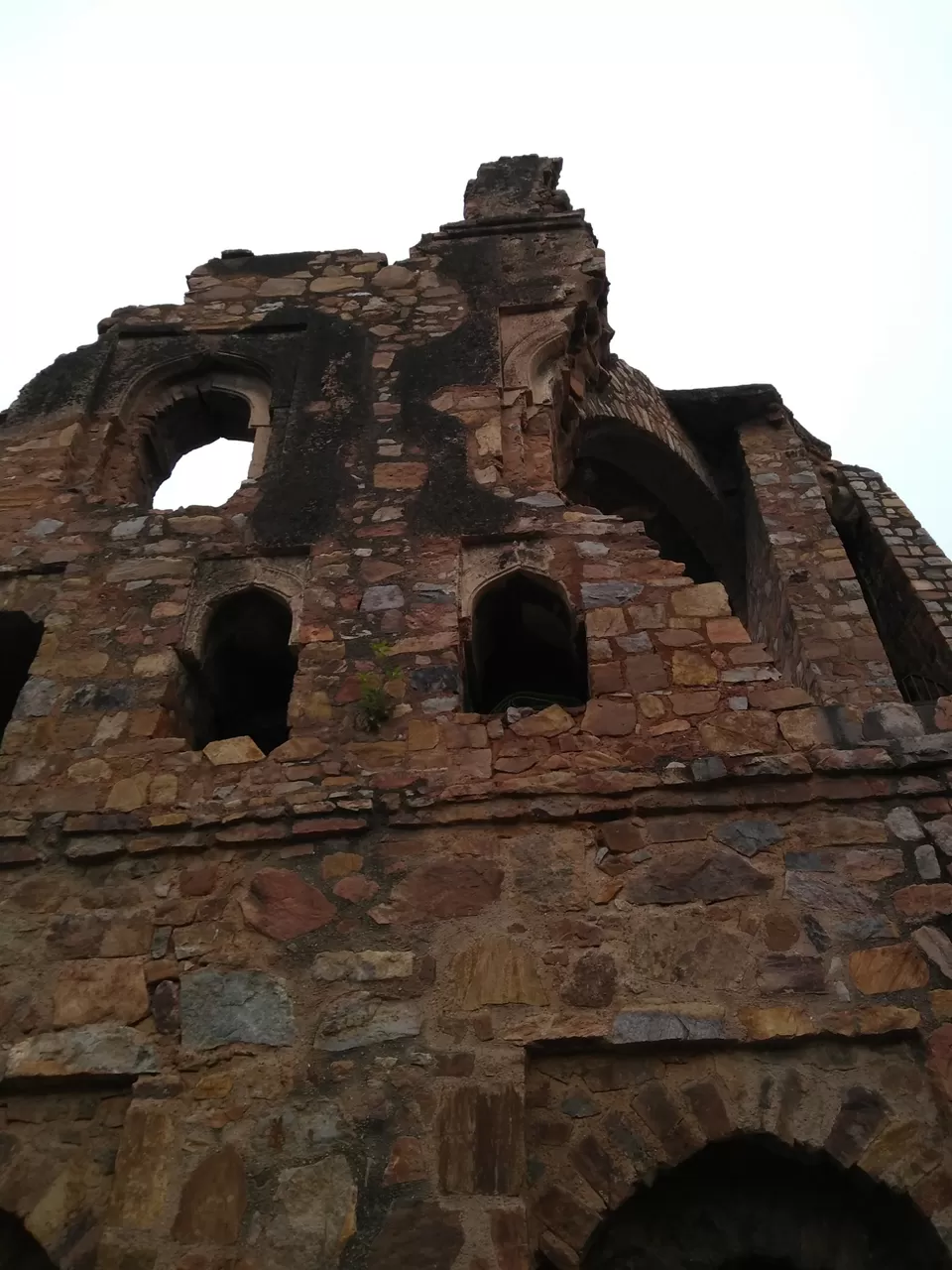
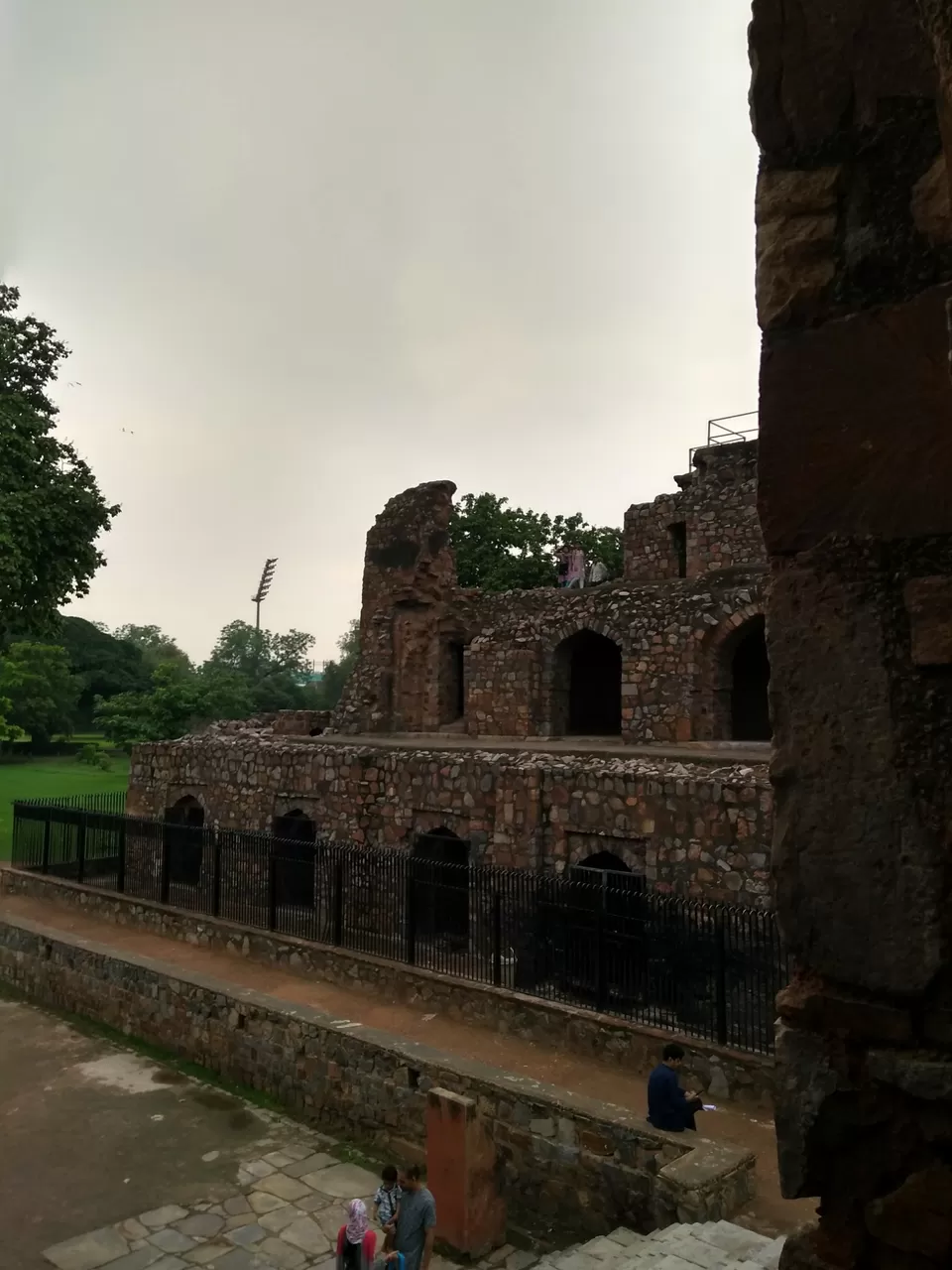
Along with the conversations, one by one, we kept exploring the different sections of the whole fort. The whole complex has 3 major attractions. The Jami Masjid is the major mosque that was built for the common public. It is one of the most ancient and largest surviving mosques and monuments that are still in use even today. A perfect example of the Tughlaq architecture, the Masjid was made of quartzite stone, covered with limestone. It is surrounded by a large courtyard with cloisters and a Prayer Hall that is totally ruined now but was used by the royal women.
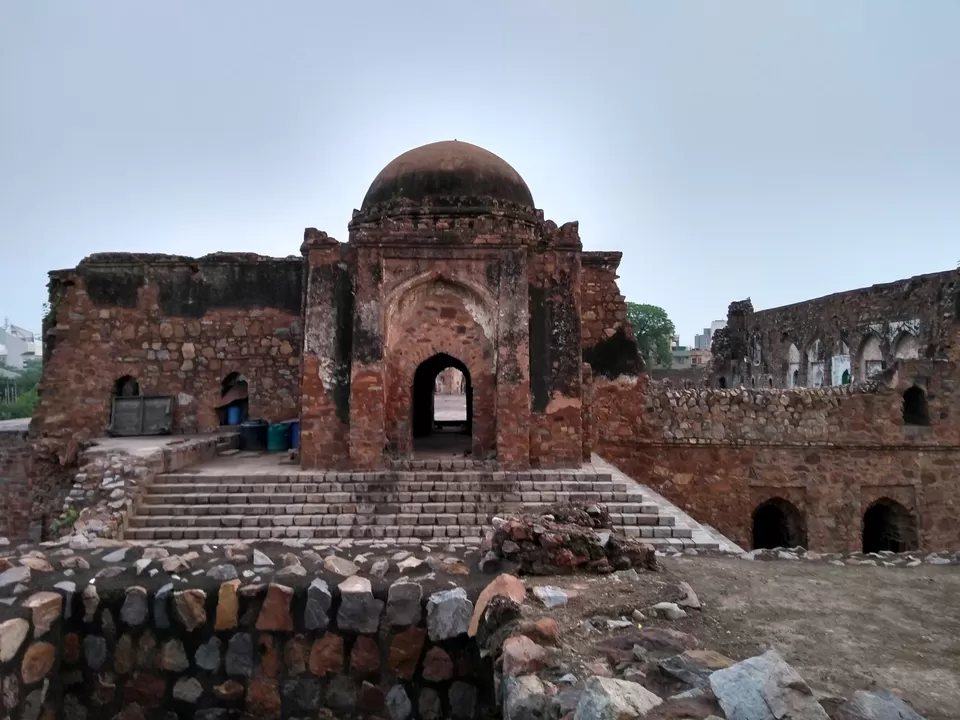
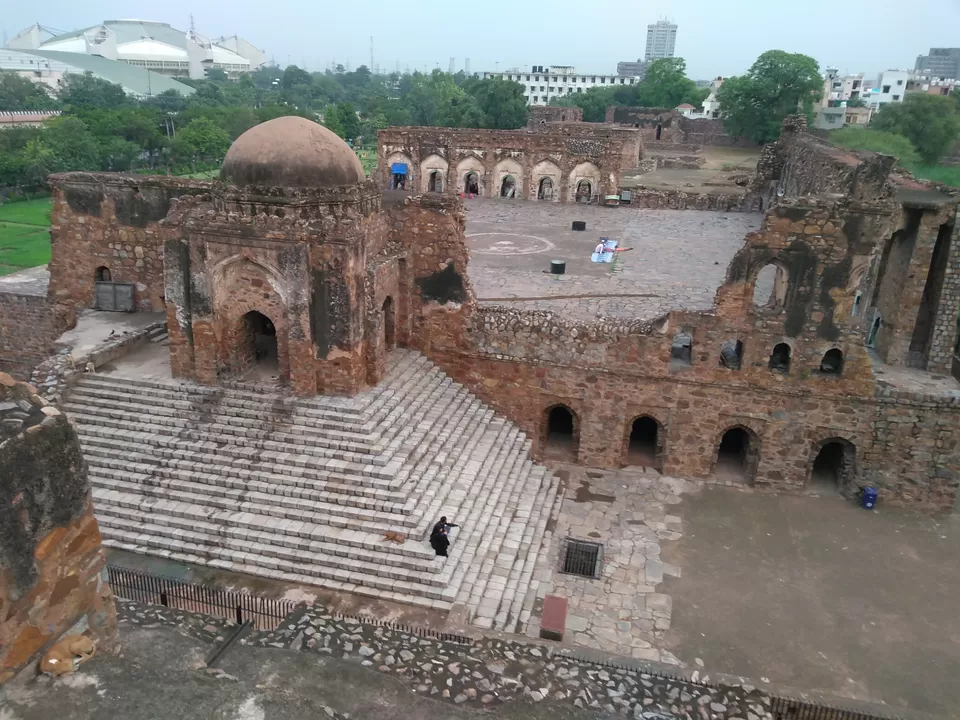
The second attraction of the Fort is the Ashokan Pillar. The entrance of Jami Masjid that lies on the northern side is connected by a causeway to the pyramidal structure of the Ashokan Pillar. It was first erected by the great ruler King Ashoka between 273 and 236 BC in Topra Kalan, Haryana. It was re-installed by Sultan Feroze Shah Tughlaq in 1356. The inscriptions on it are in Brahmi script.
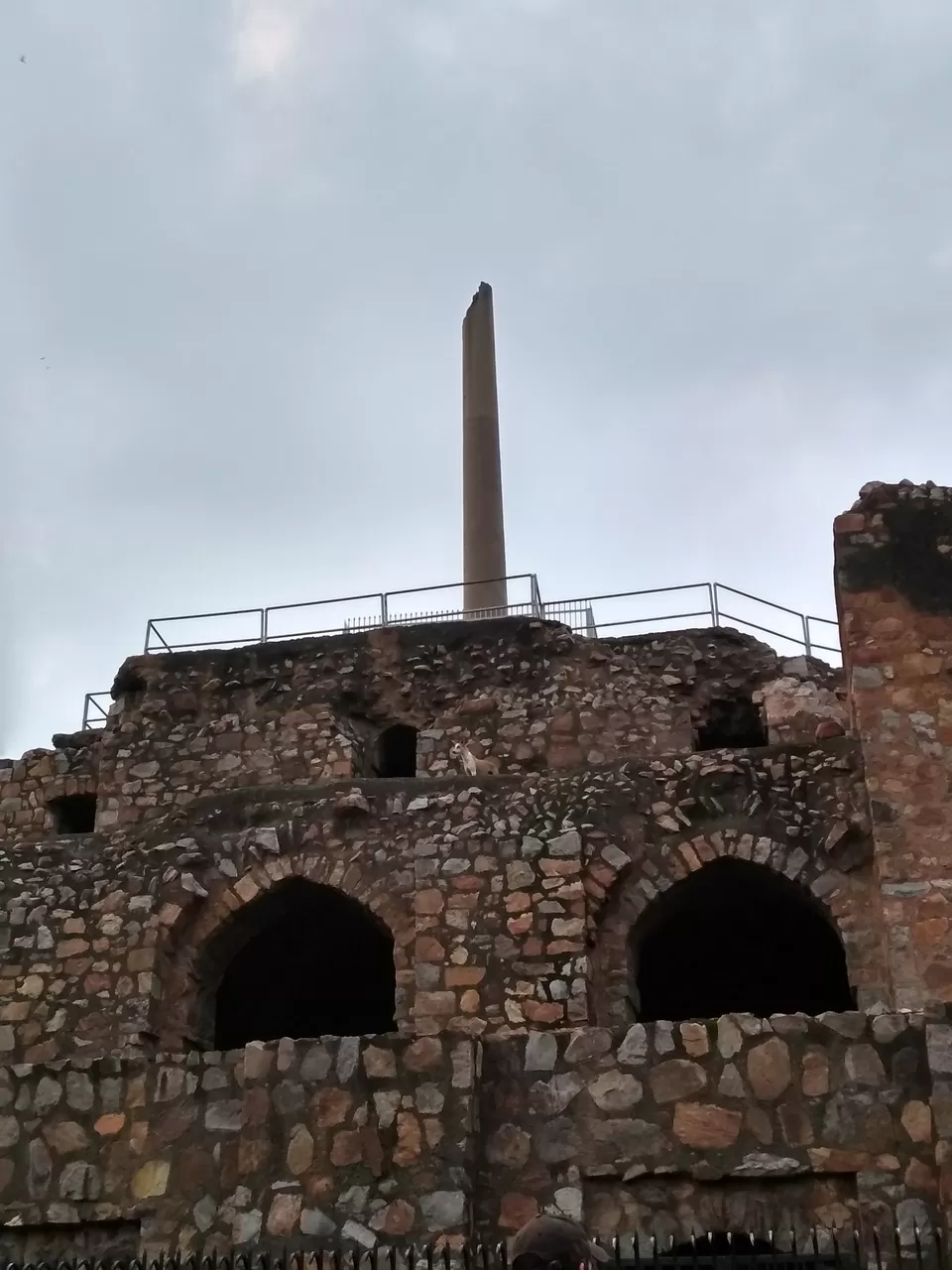
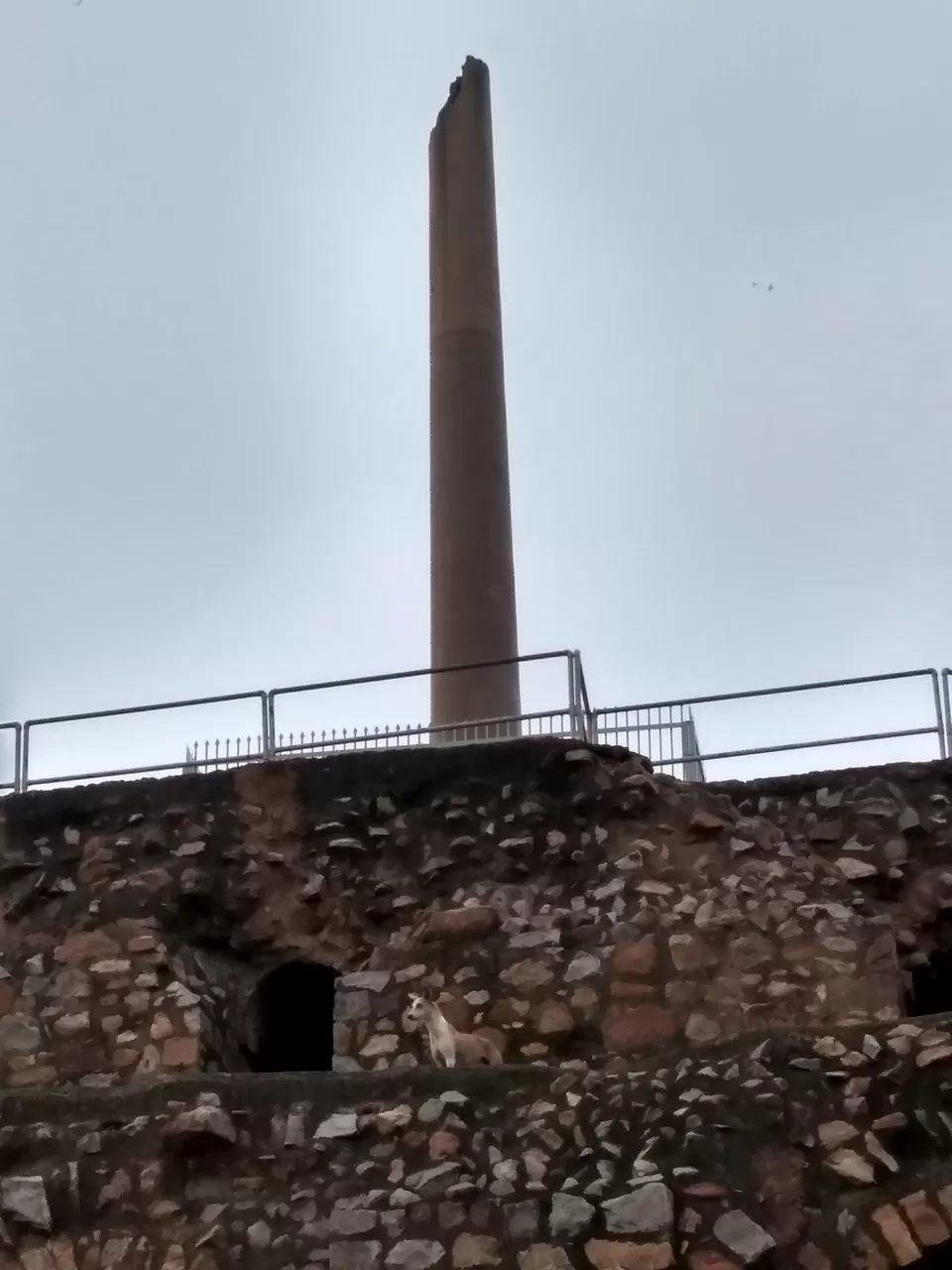
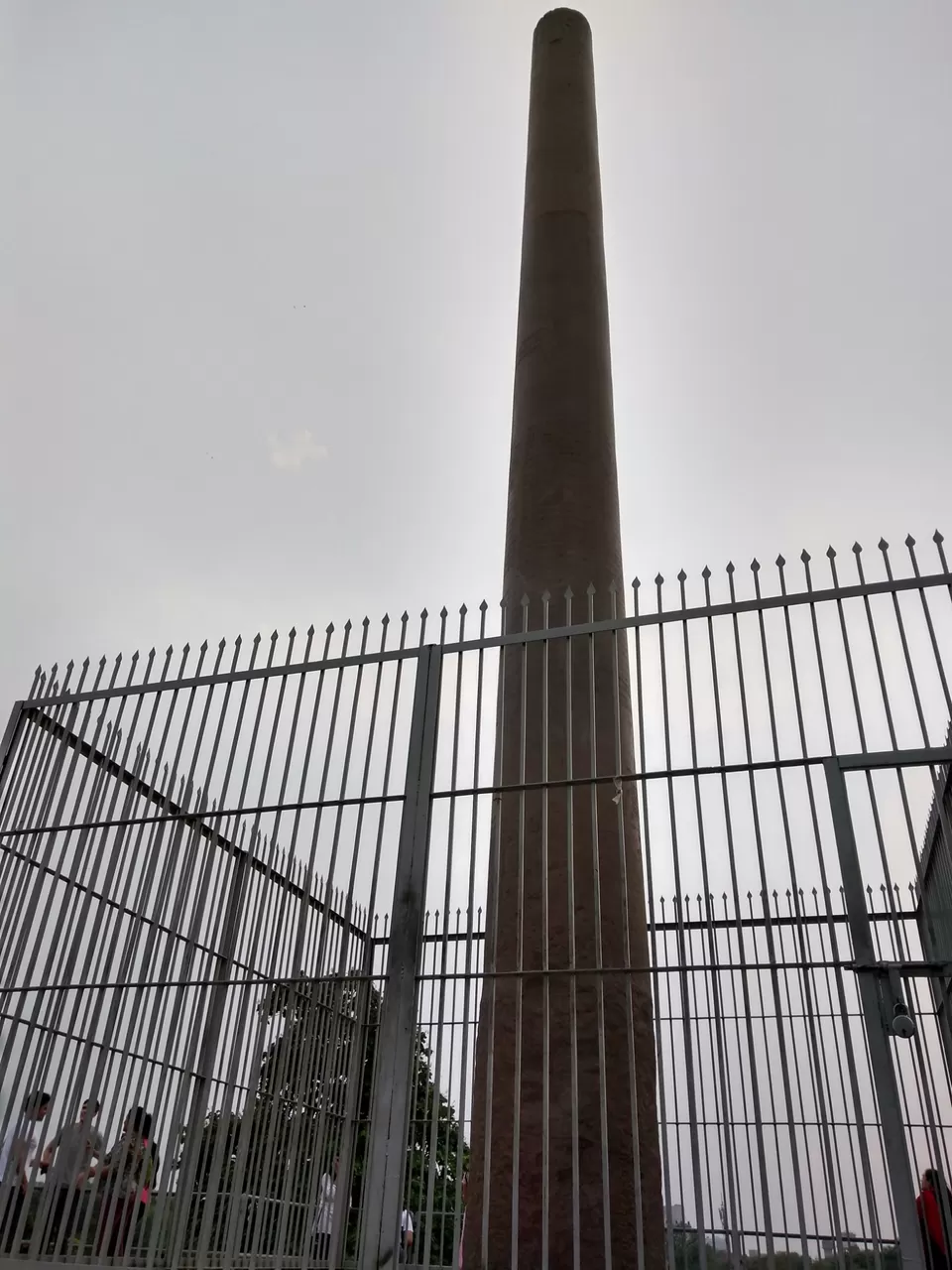
The third is the baoli that is the well, the major source of water in those times. It has been kept close nowadays so we could not visit it.
Exploring the ‘Djinns’
Eventually we came across the ‘Djinns’ that we were waiting for all this while. No, not really the ‘Djinns’ but the dark corridor, which is now, a house of bats is believed to be the abode the ‘Djinns’ earlier. Worshippers who followed them used to come and drop letters into the dungeons expecting the‘Djinns’ to fulfill those. Even in these modern times, people do believe that the ‘Djinns’ exist and have the power to fulfill their wishes. So, every Thursday pilgrims and worshippers flock into the fort, to bring their long unfulfilled wishes hoping to be fulfilled by the ‘Djinns’. They also bring and offer milk, sweets, fruits and even meats to the ‘Djinns’ in order to please them.
As we entered the dark corridors, the place gave us an eerie feeling. It was only the bats that we could hear and could smell a strong stench.
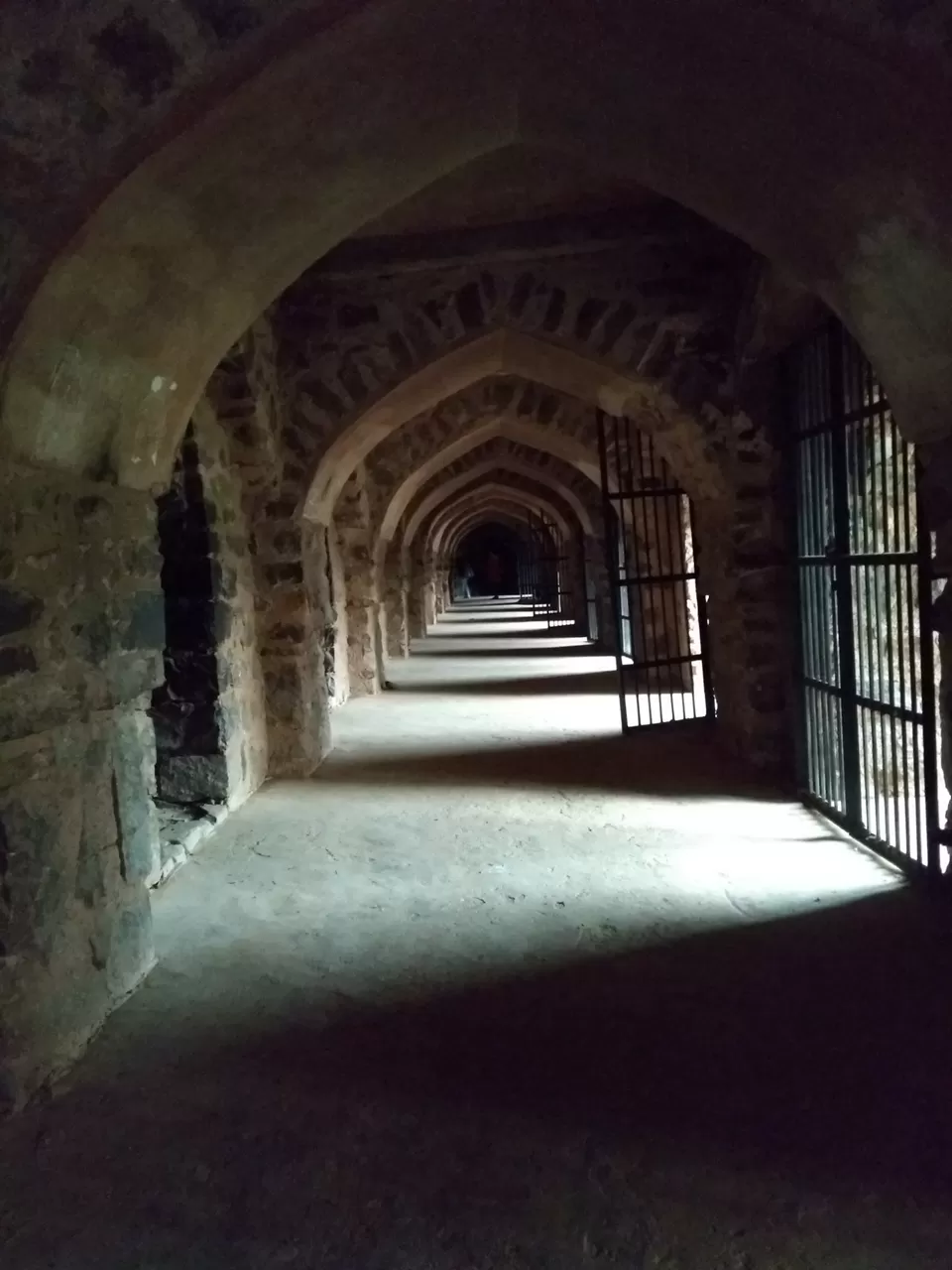
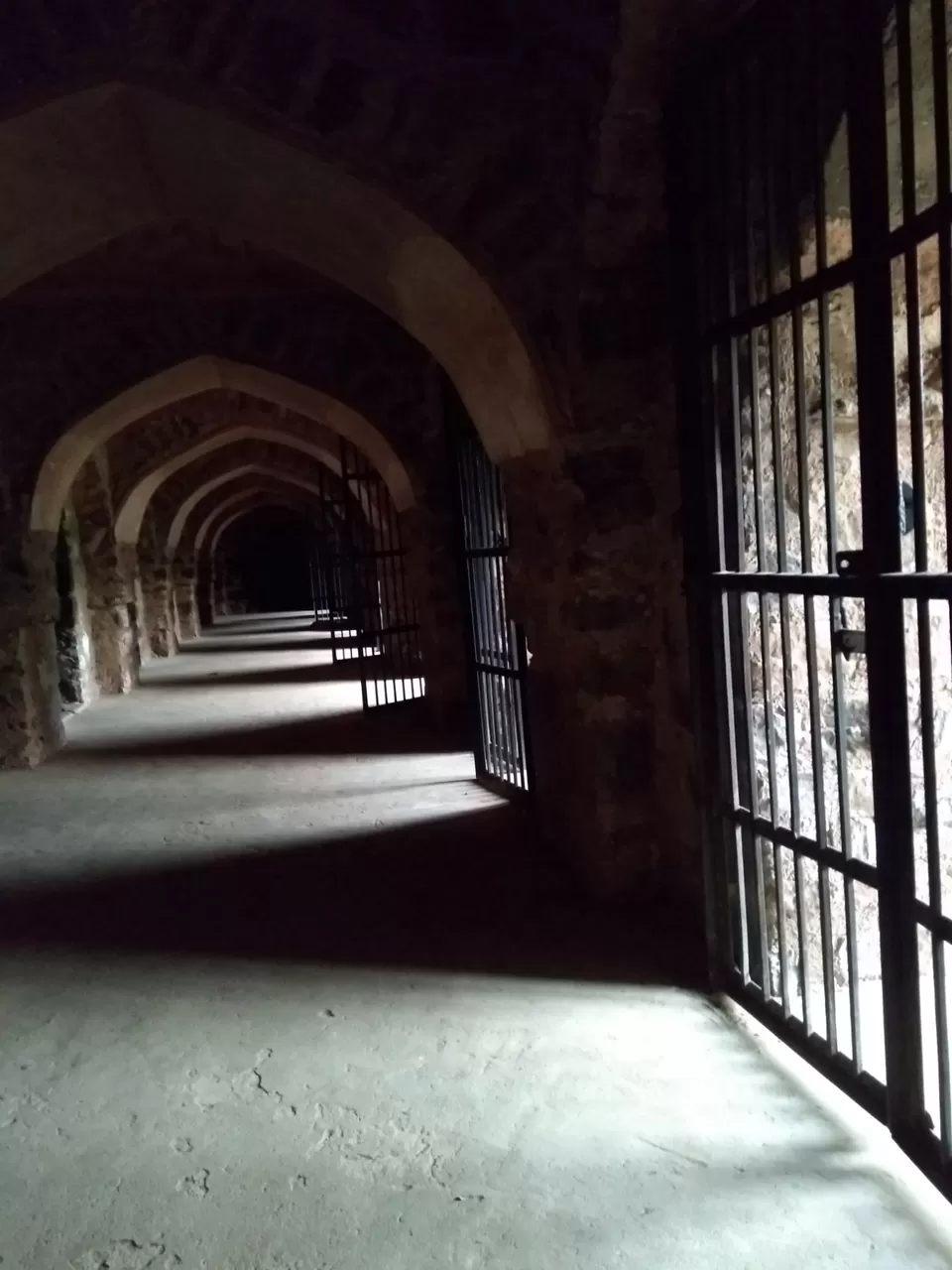
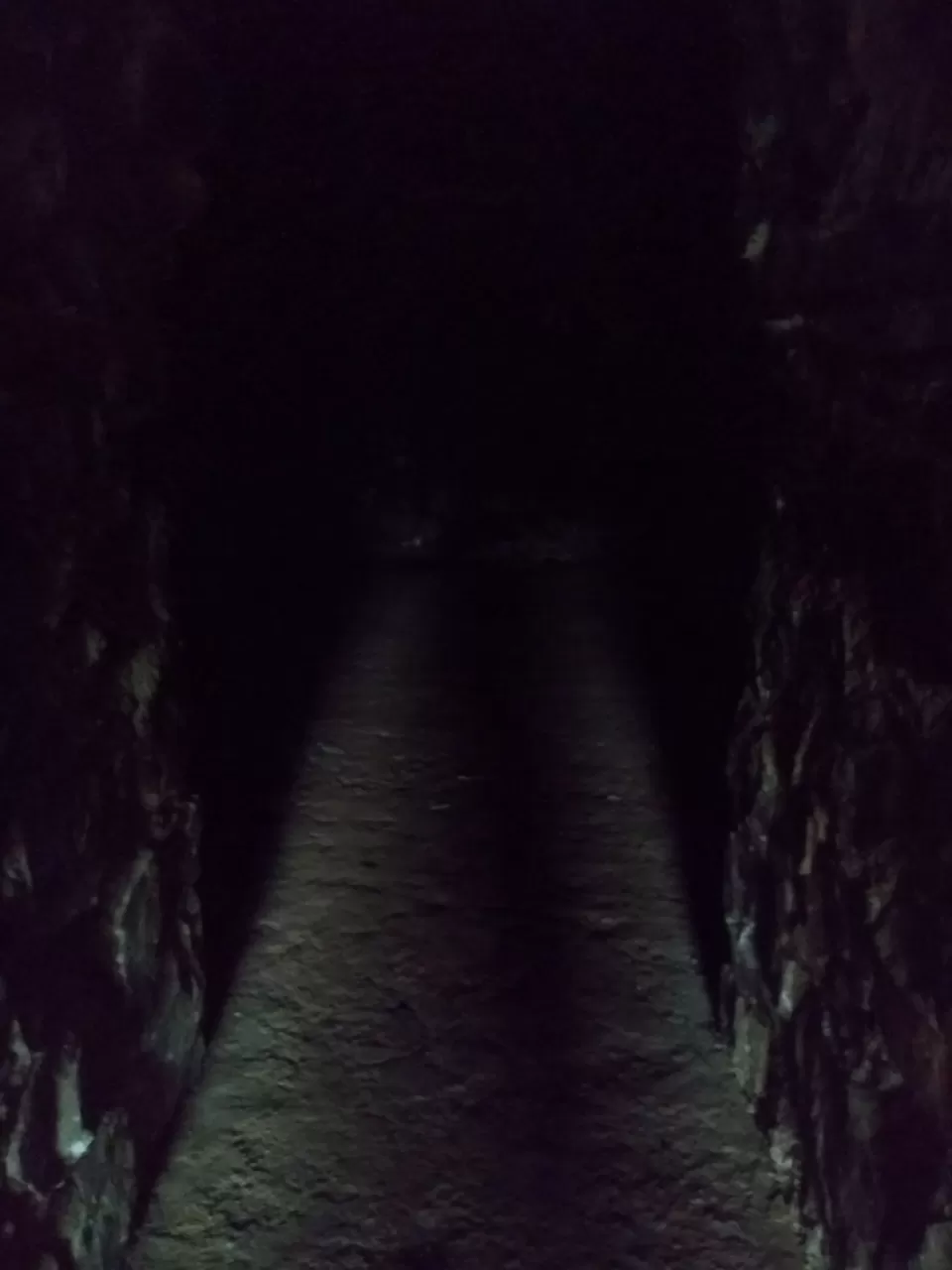
Mr. Asif told us about the mentions of ‘Djinns’ in Islam. He said that as per the Islamic theology, Allah had first created the ‘Farishtas’ or the angels then the ‘Djinns’ and then the humans. So the ‘Djinns’ were between the humans and ‘Farishtas’ and hence, had the power to choose between good or bad and right or wrong. Therefore, there are bad as well as good ‘Djinns’according to Islam and thus, some people do worship them. Some Islamic scholars believe that ‘Djinns’ still exist and live among us but the connotation of the modern scholars says that if they really existed, then they would have ruled the world as they are much more powerful than us, the humans. ‘Djinns’love greenery and peaceful places so are believed to be residing at Ferozeshah Kotla Fort. Legends go back in time during the 1975-76, when Lattu Shah Baba came to live here and started healing people with possessed minds and that is how the practice still remains.
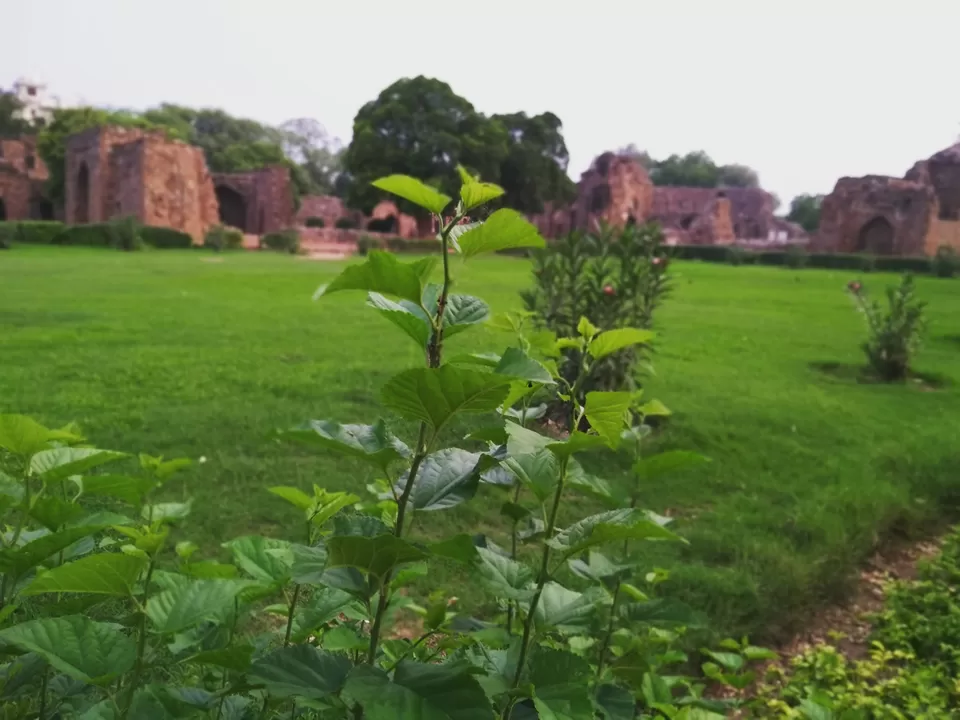
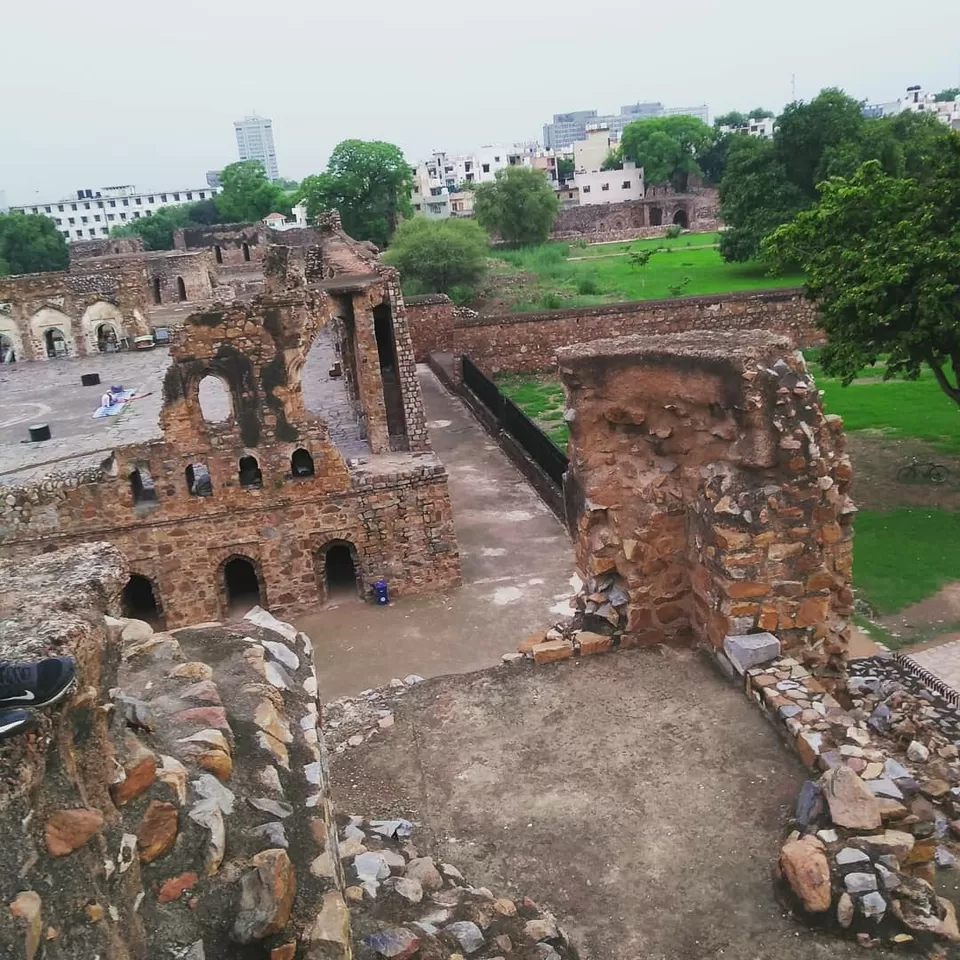
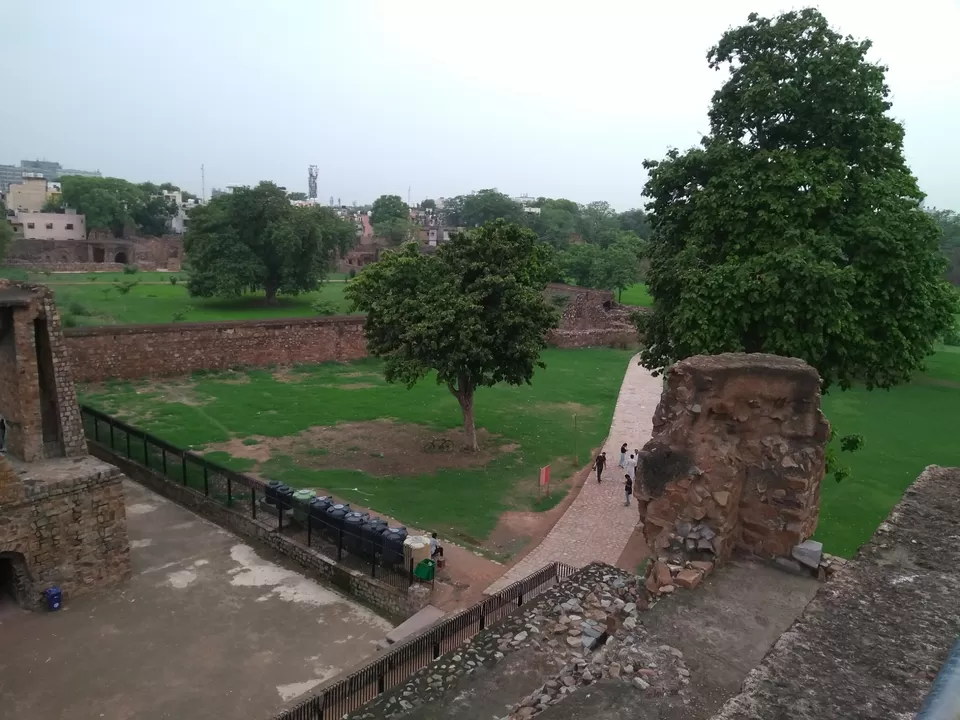
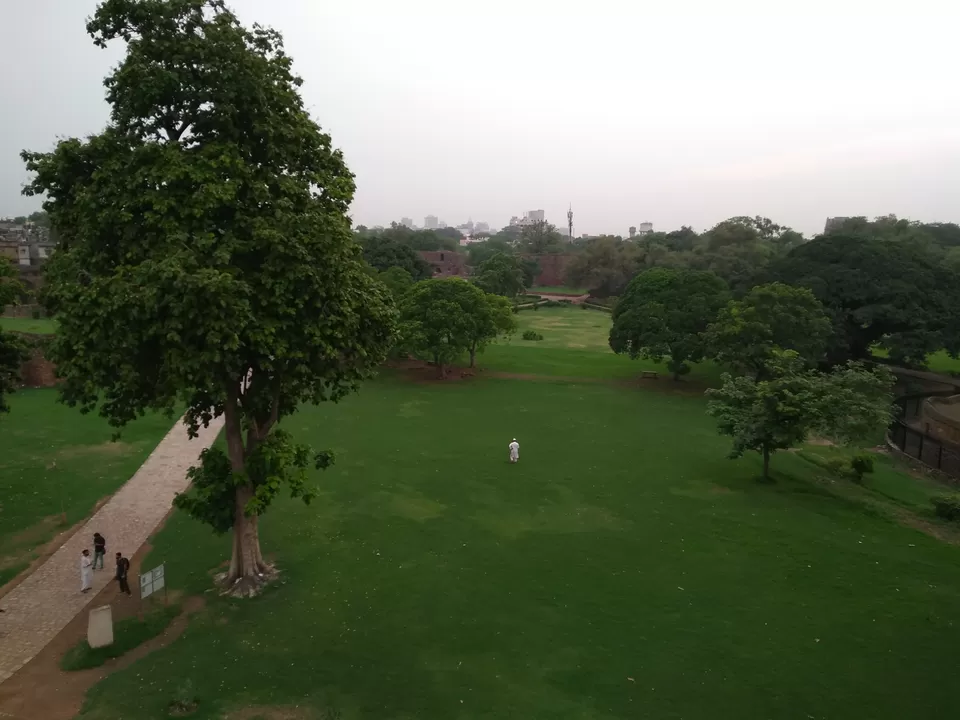
The Culmination:
We then went to the topmost area of the fort where the Ashokan pillar is placed. It was almost dusk by then and we had to vacate the place. It was 7:30 pm by then and was getting dark. The walk finally ended with still a lot of questions and curiosity about the ‘Djinns’ that in fact no one can answer. But it was a great experience indeed.
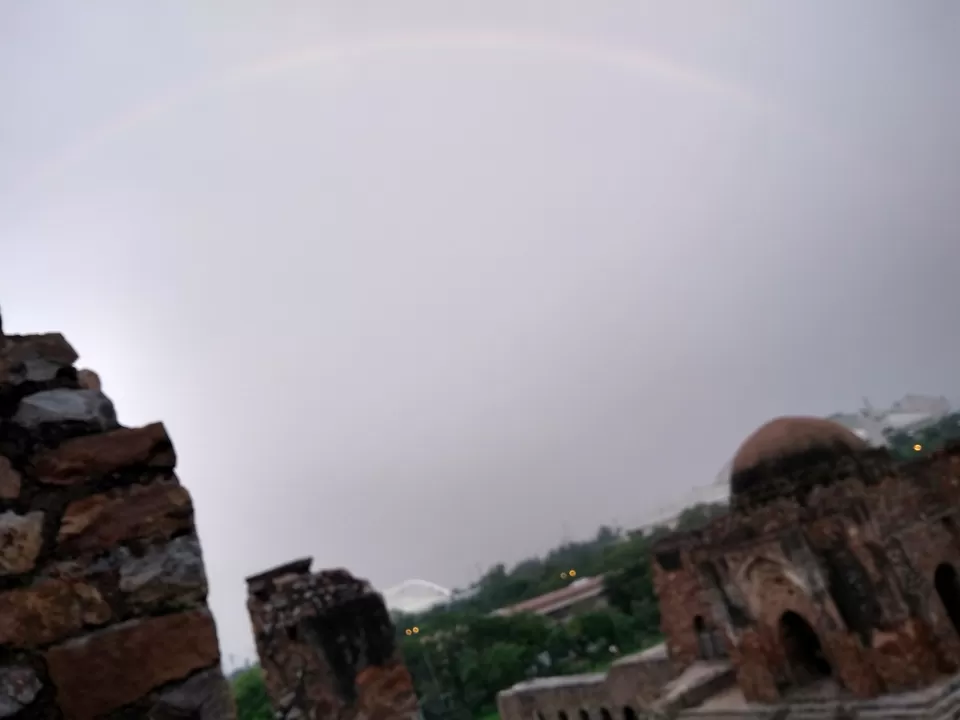
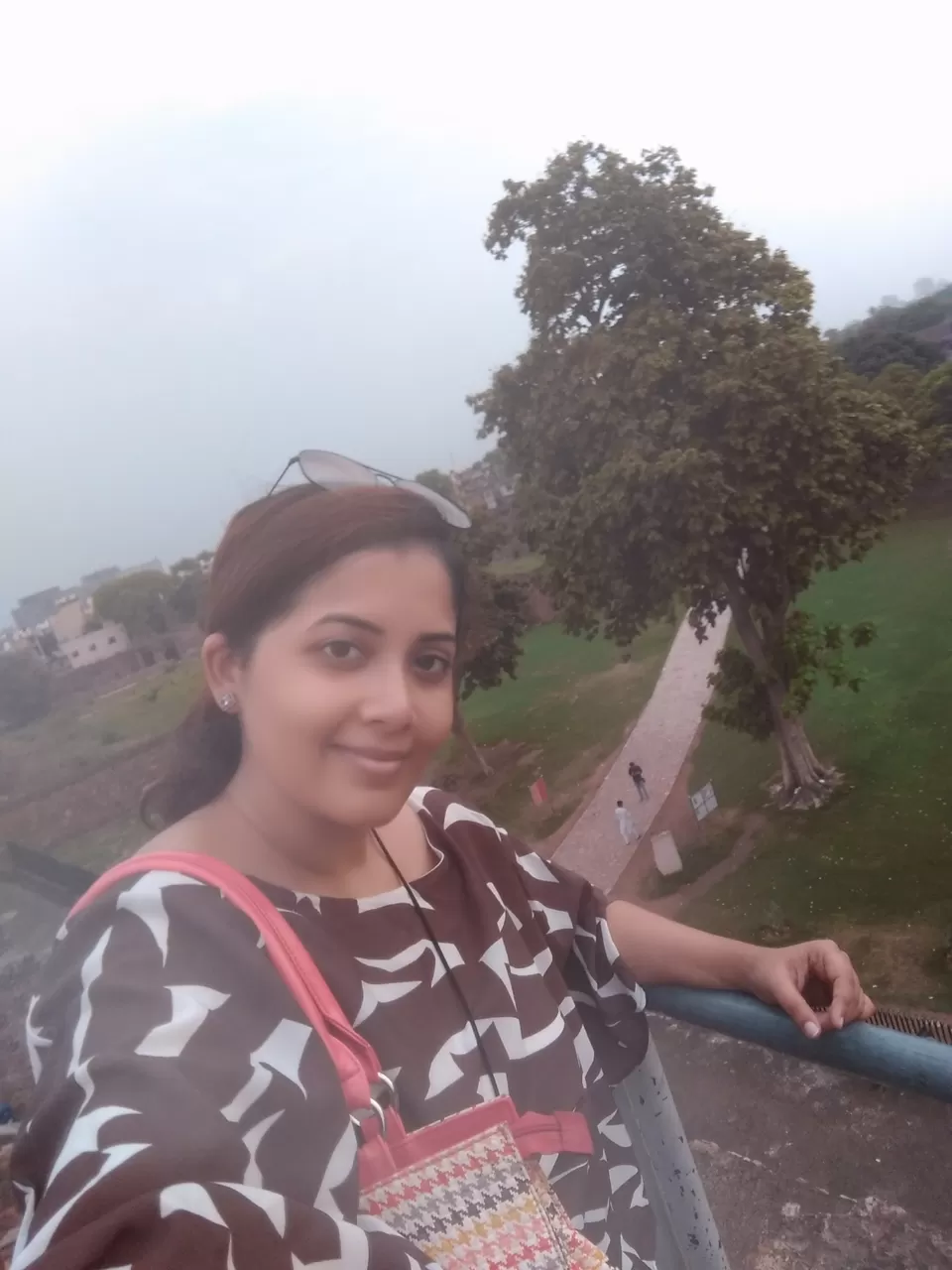
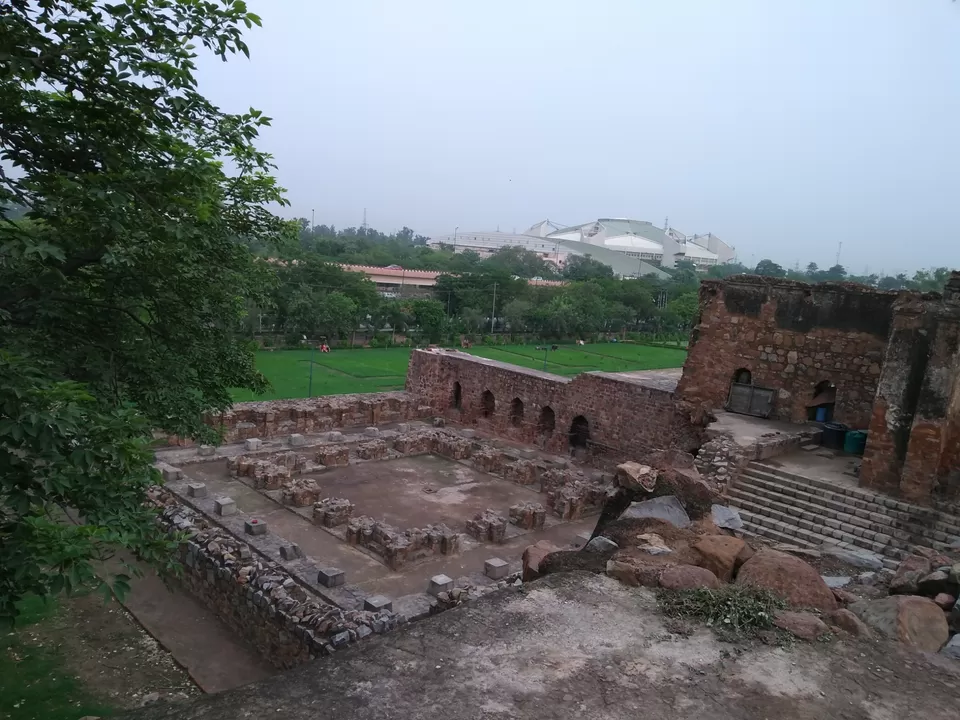
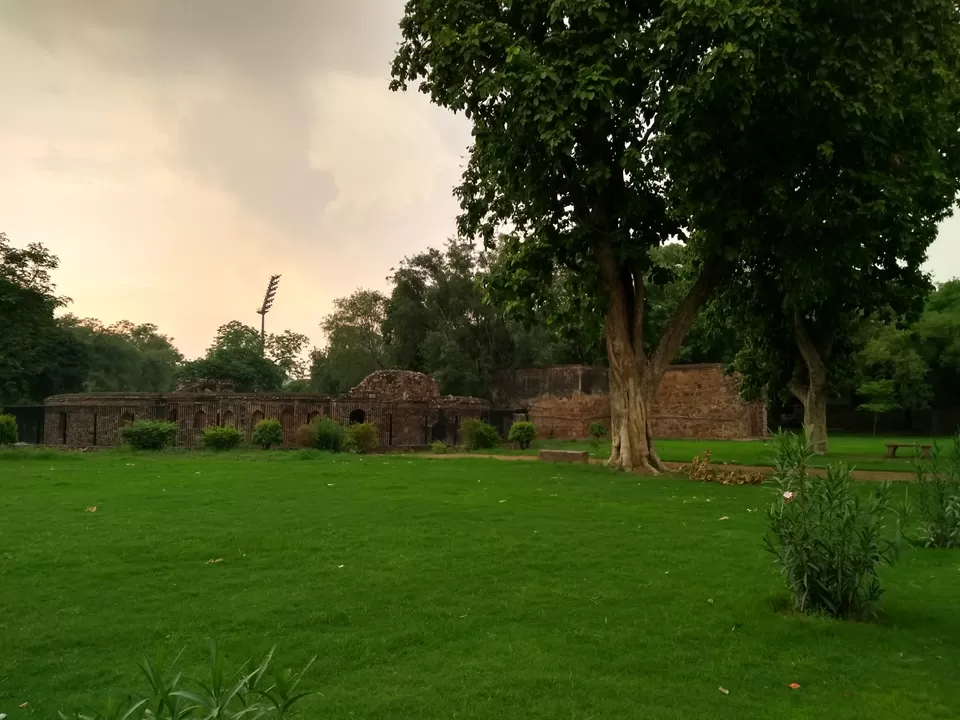
Things to be kept in mind:
1. Tickets are available online or you can buy them at the ticket counter itself.
2. Ticket cost for Indians 25/- cash and 20/- cashless (by card payment).
3. The best time to visit the fort is during winters as it’s more pleasant.
4. If visiting in summer, the best time is after 5pm.
5. Carry umbrella, sunglasses, caps etc. according to the weather condition.
6. Comfortable clothes and shoes to be worn as it’s quite a long walk.
7. Best way to reach is by metro.
8. Nearest metro station is Delhi Gate on the violet line of the DMRC.
9. You can also take a cab or an auto if you are coming from somewhere close by.
